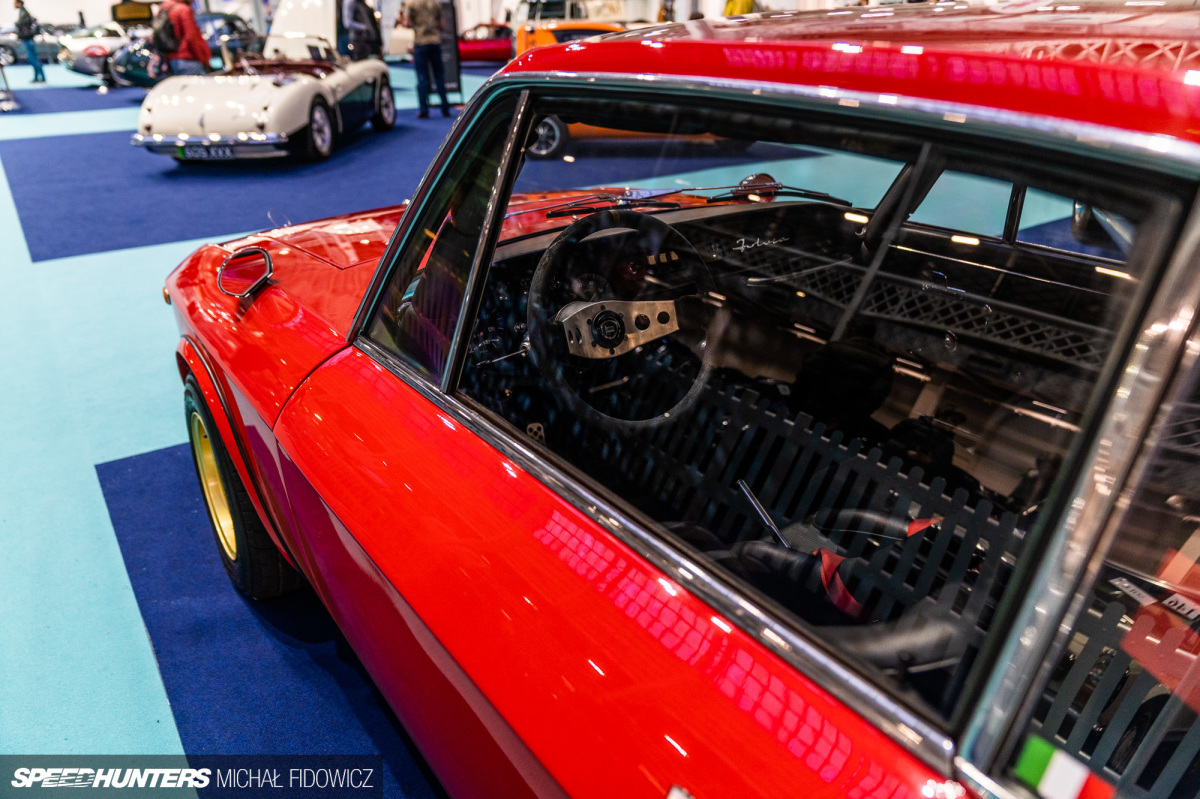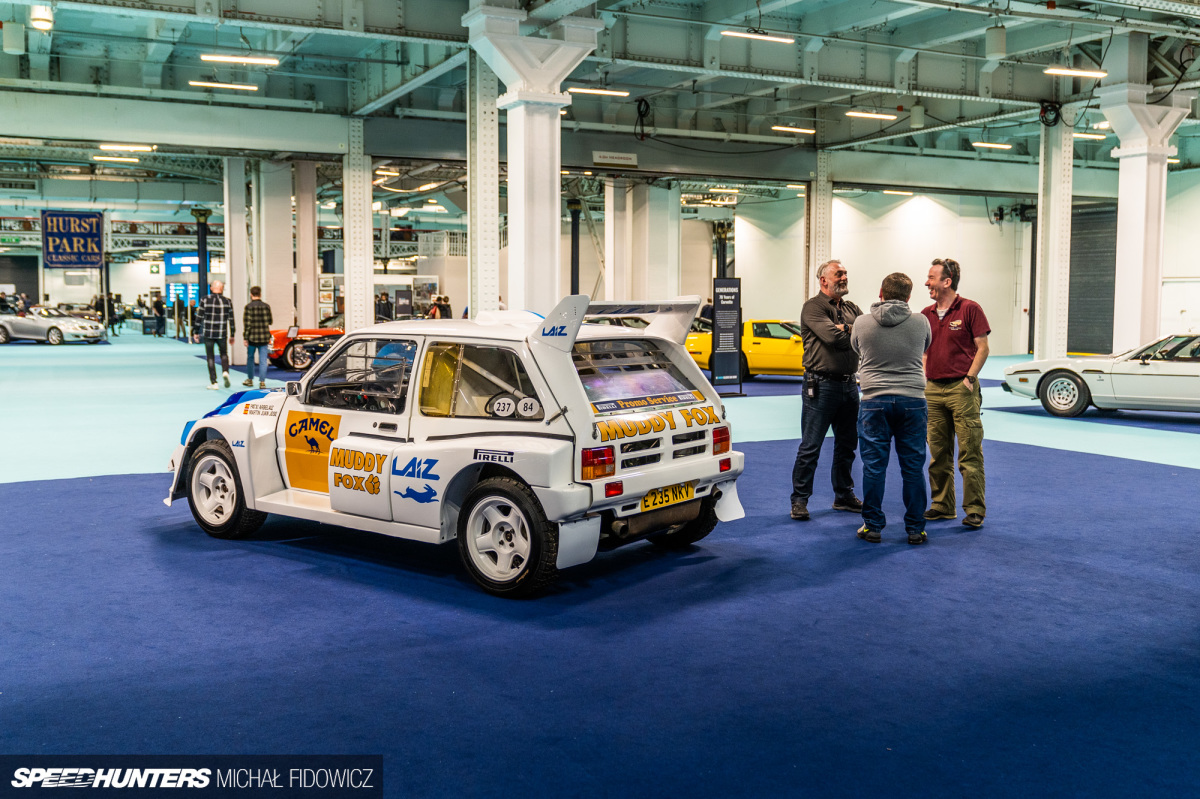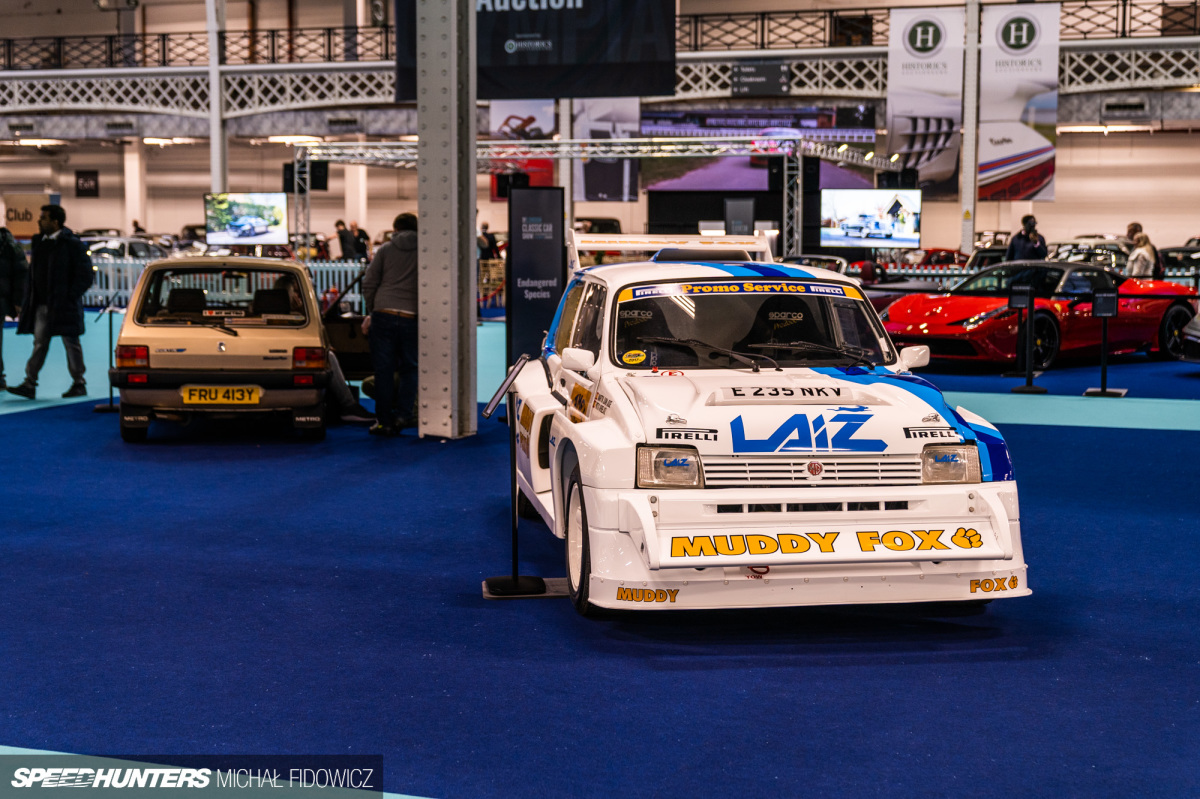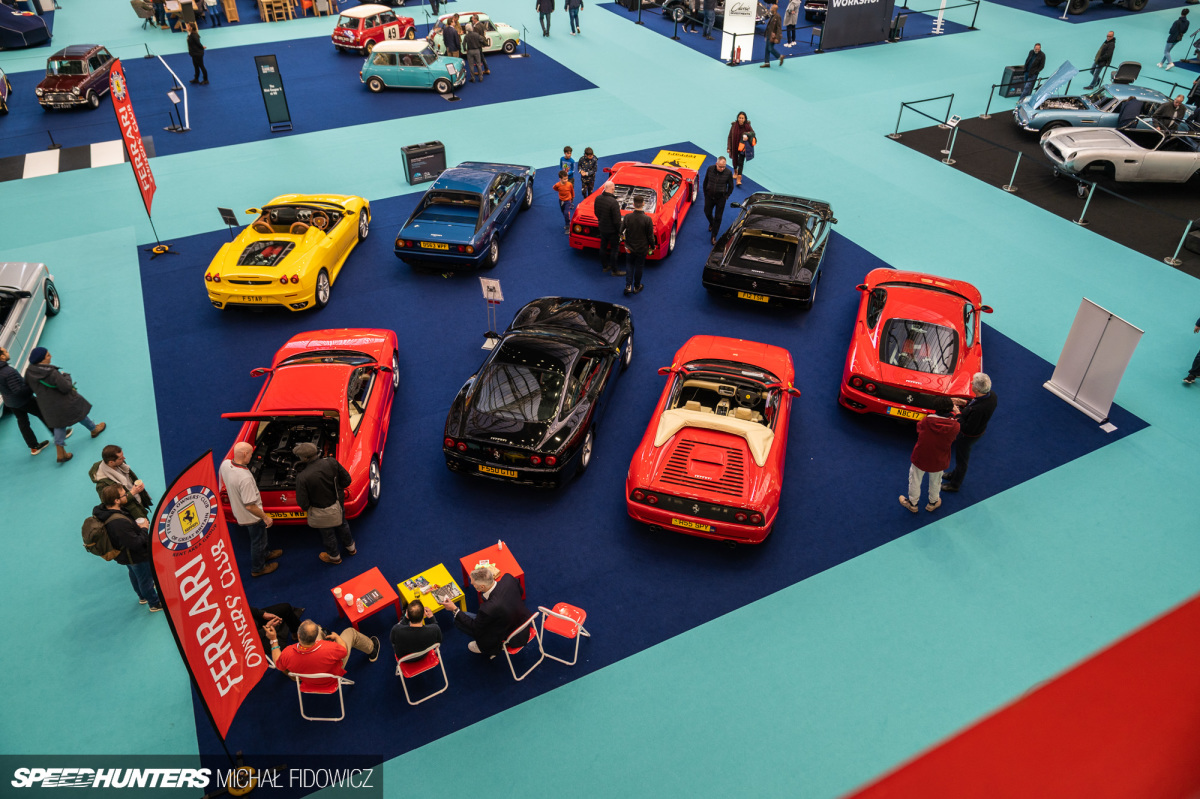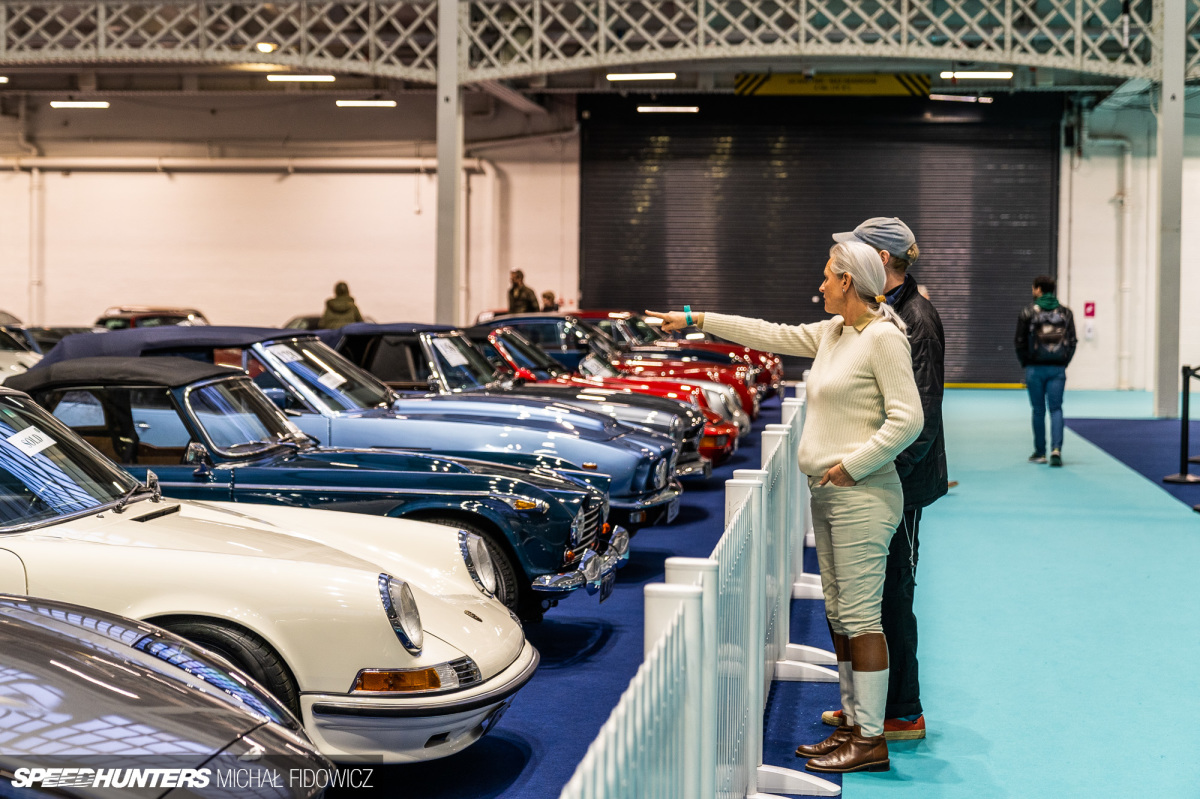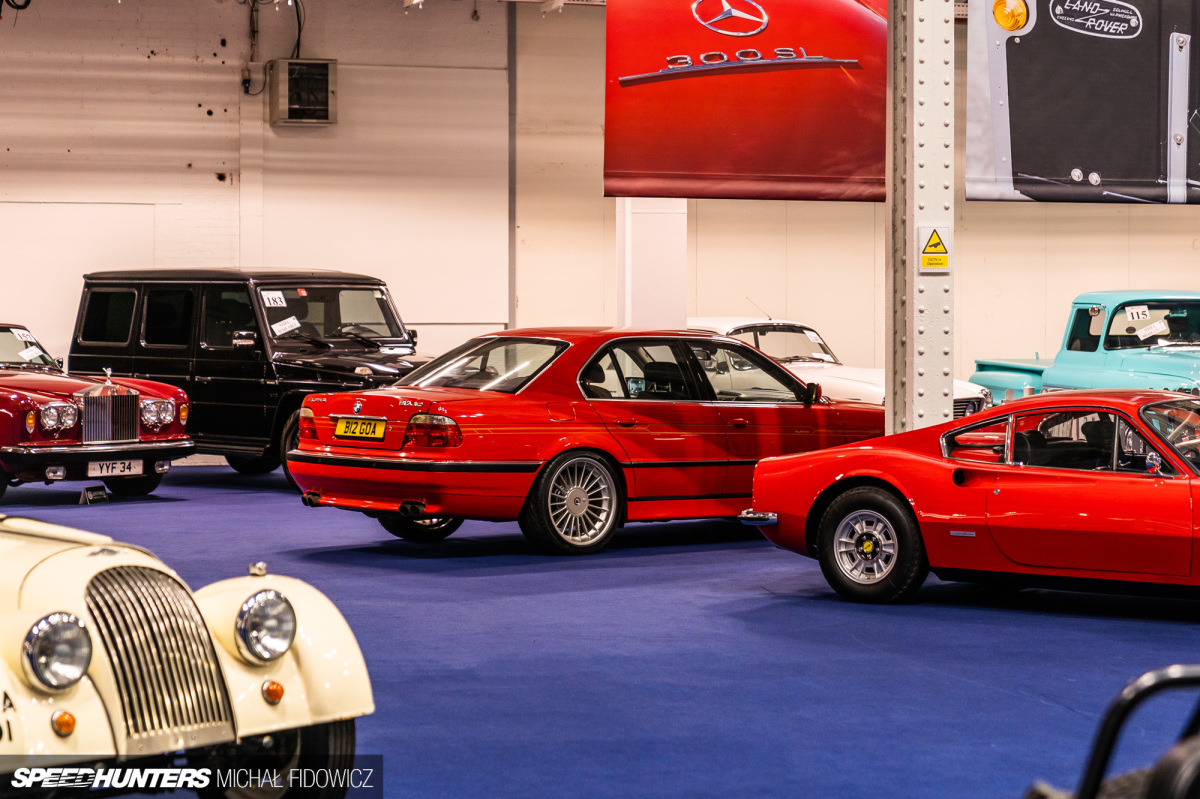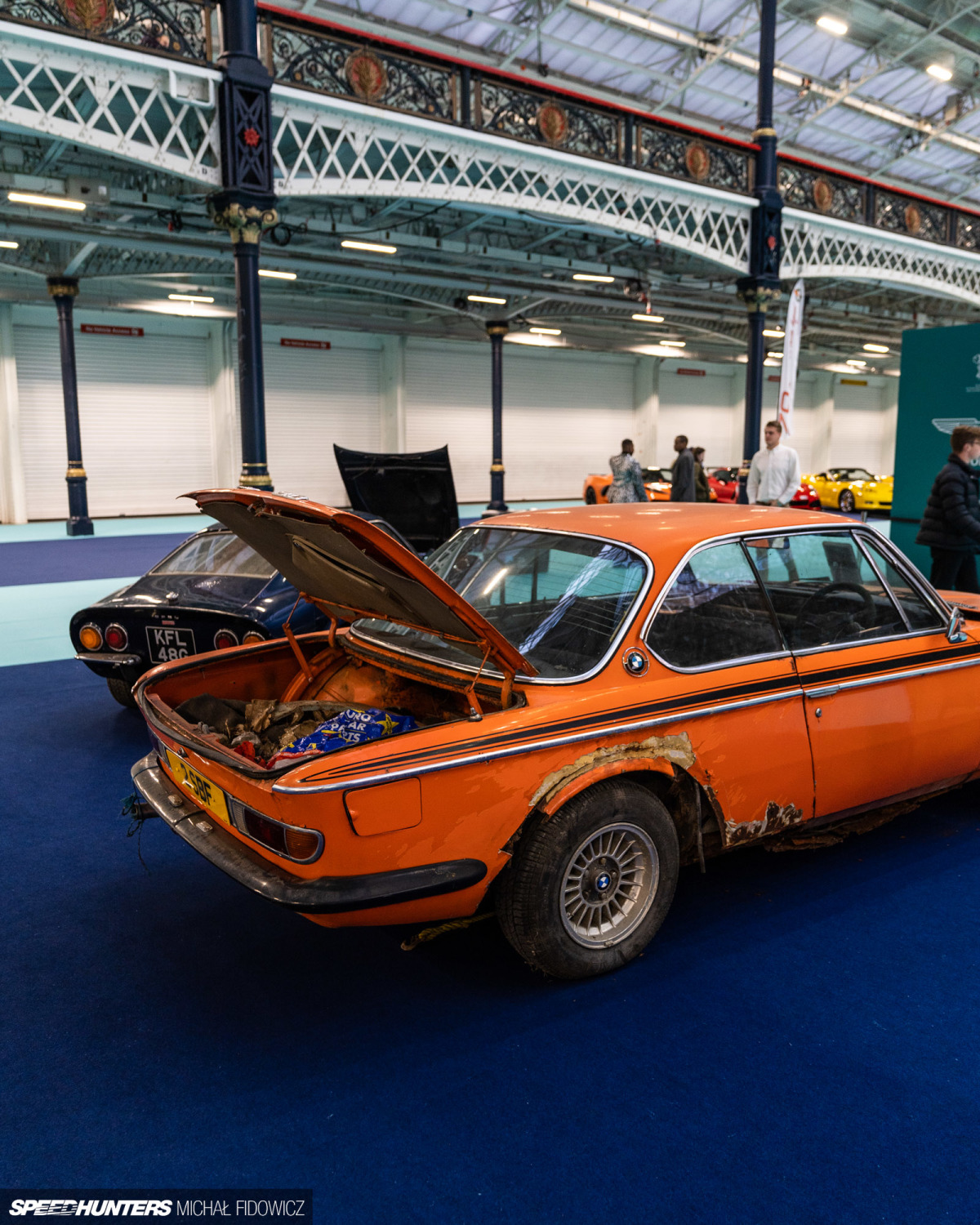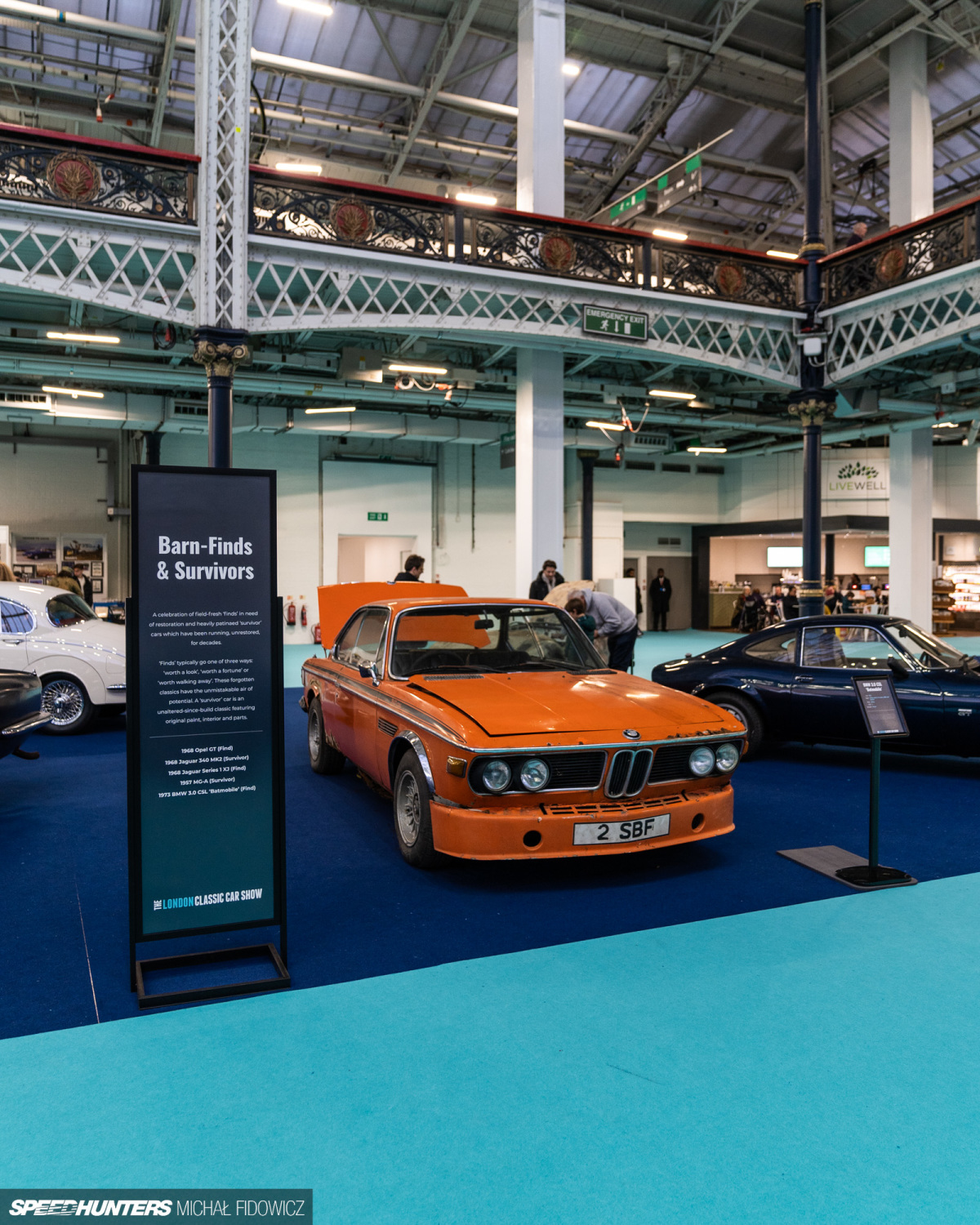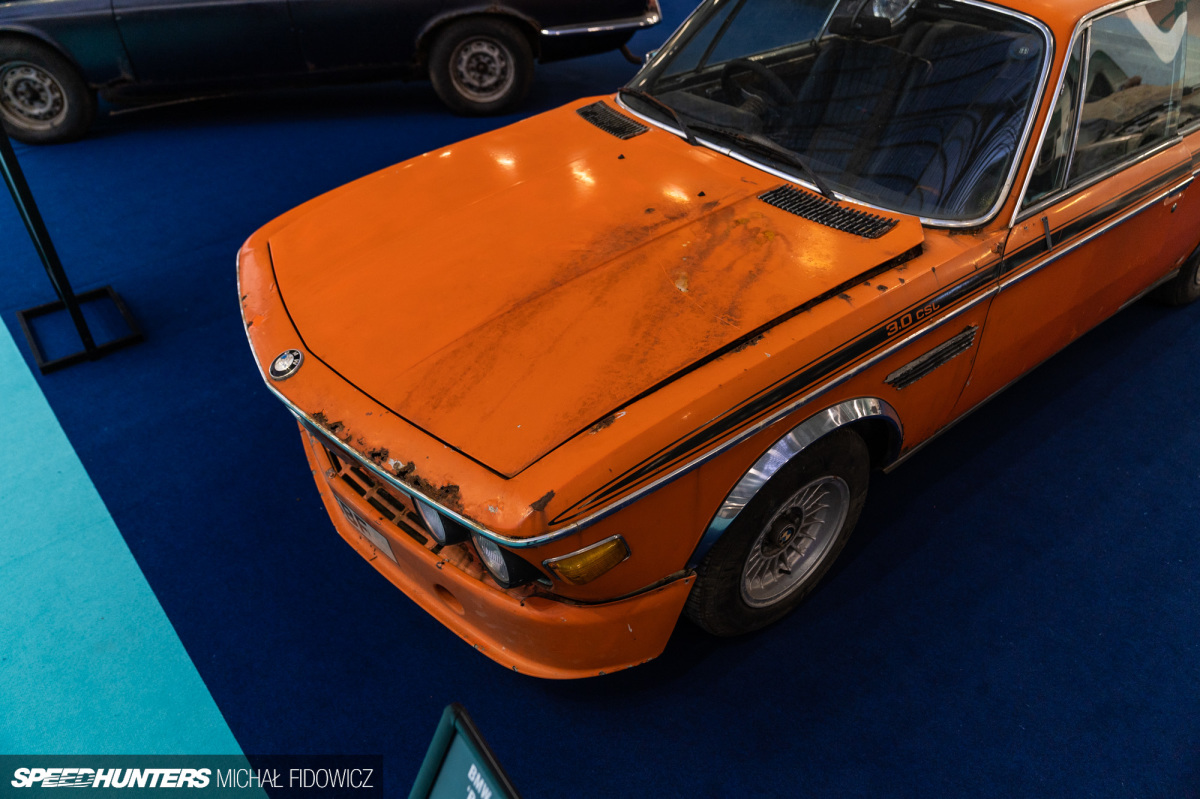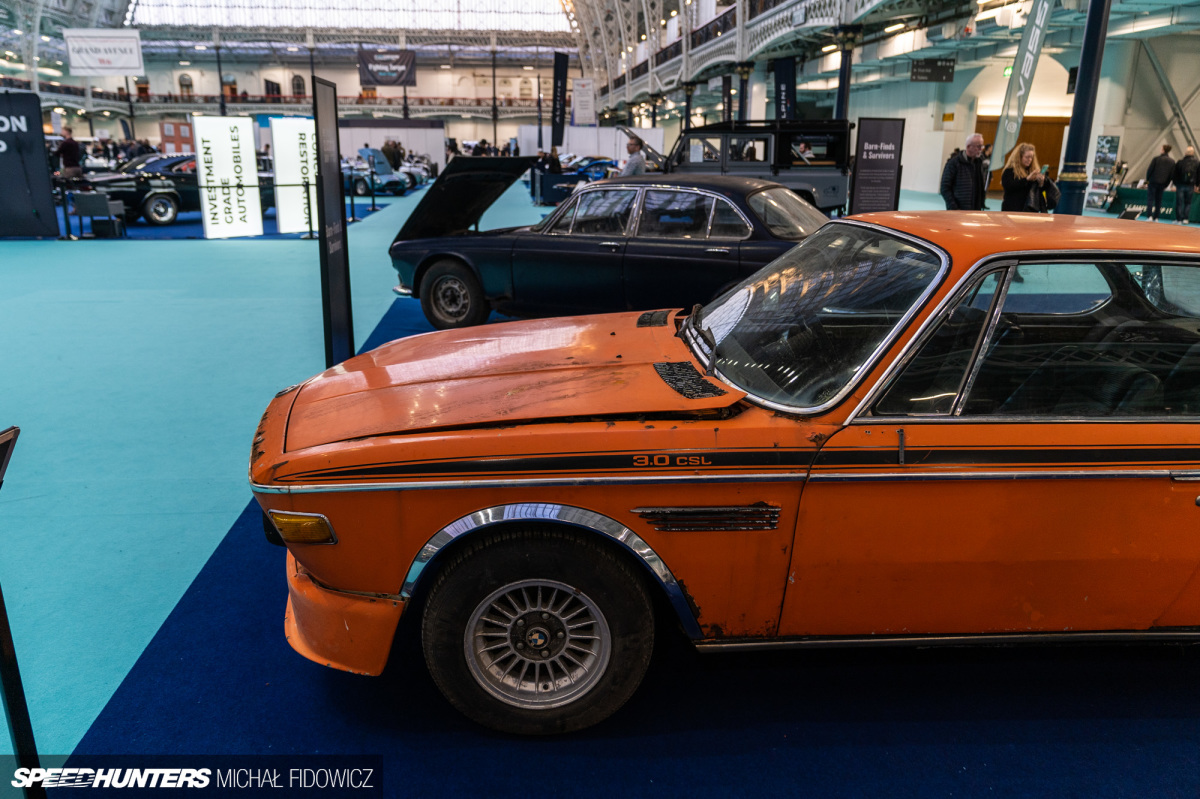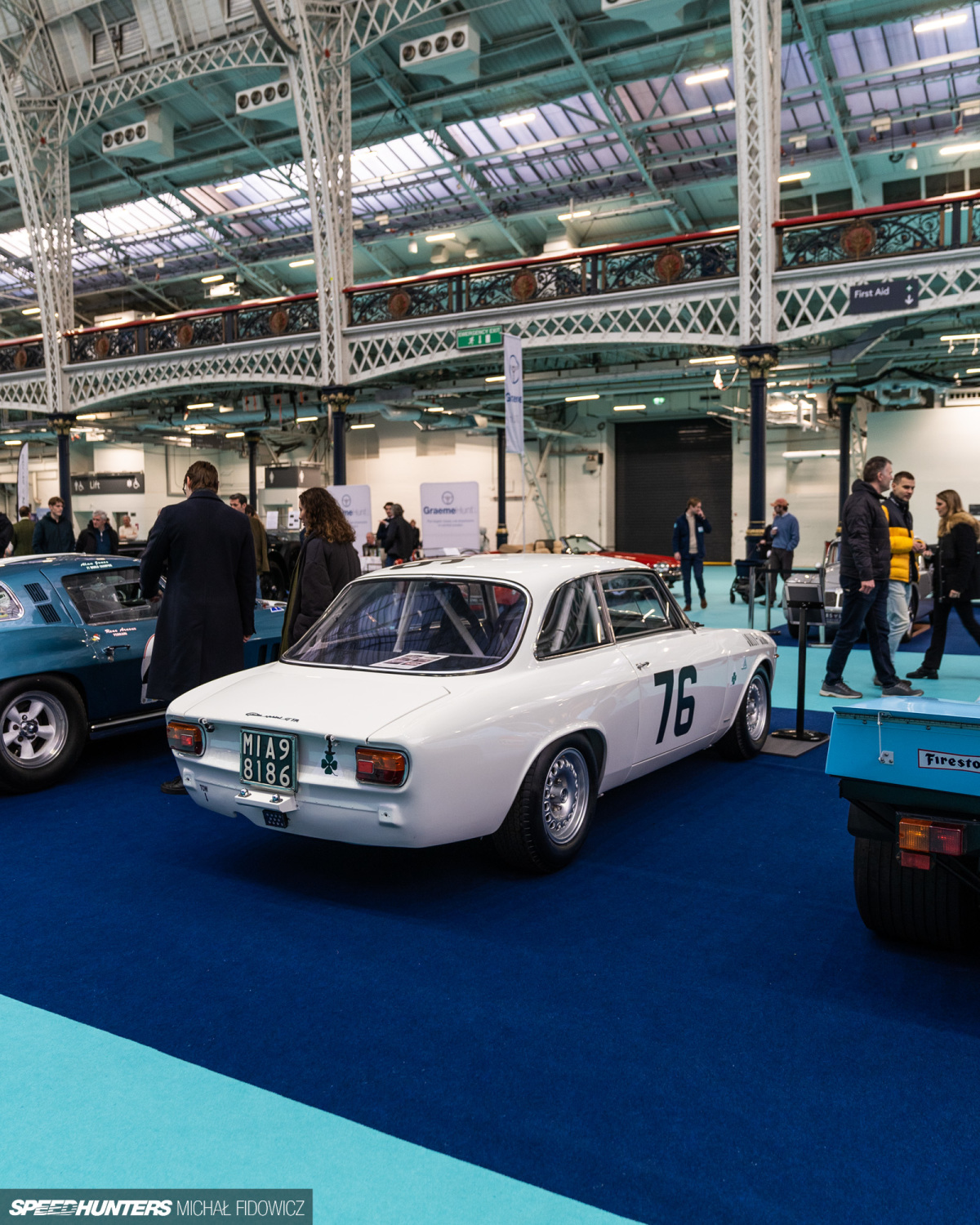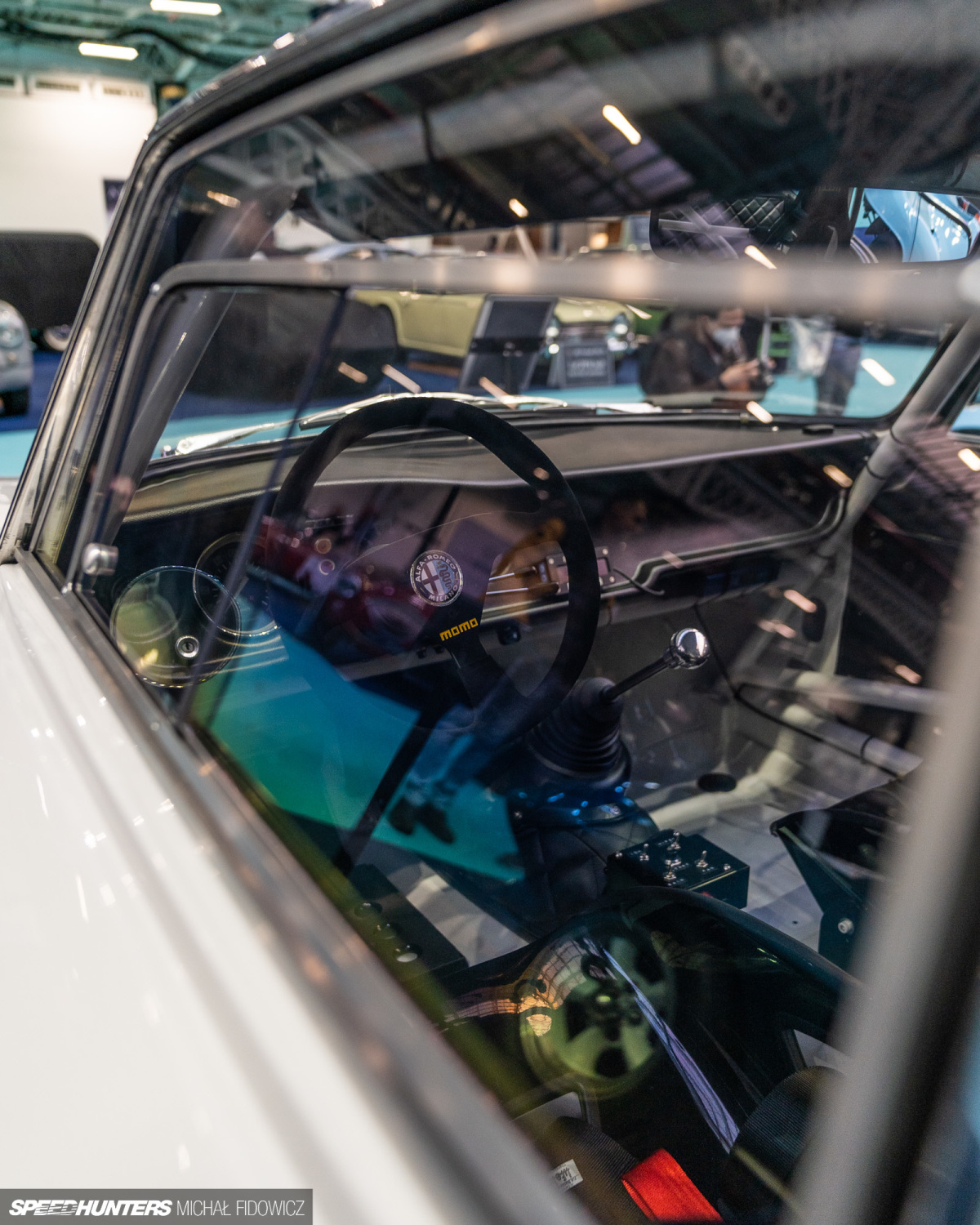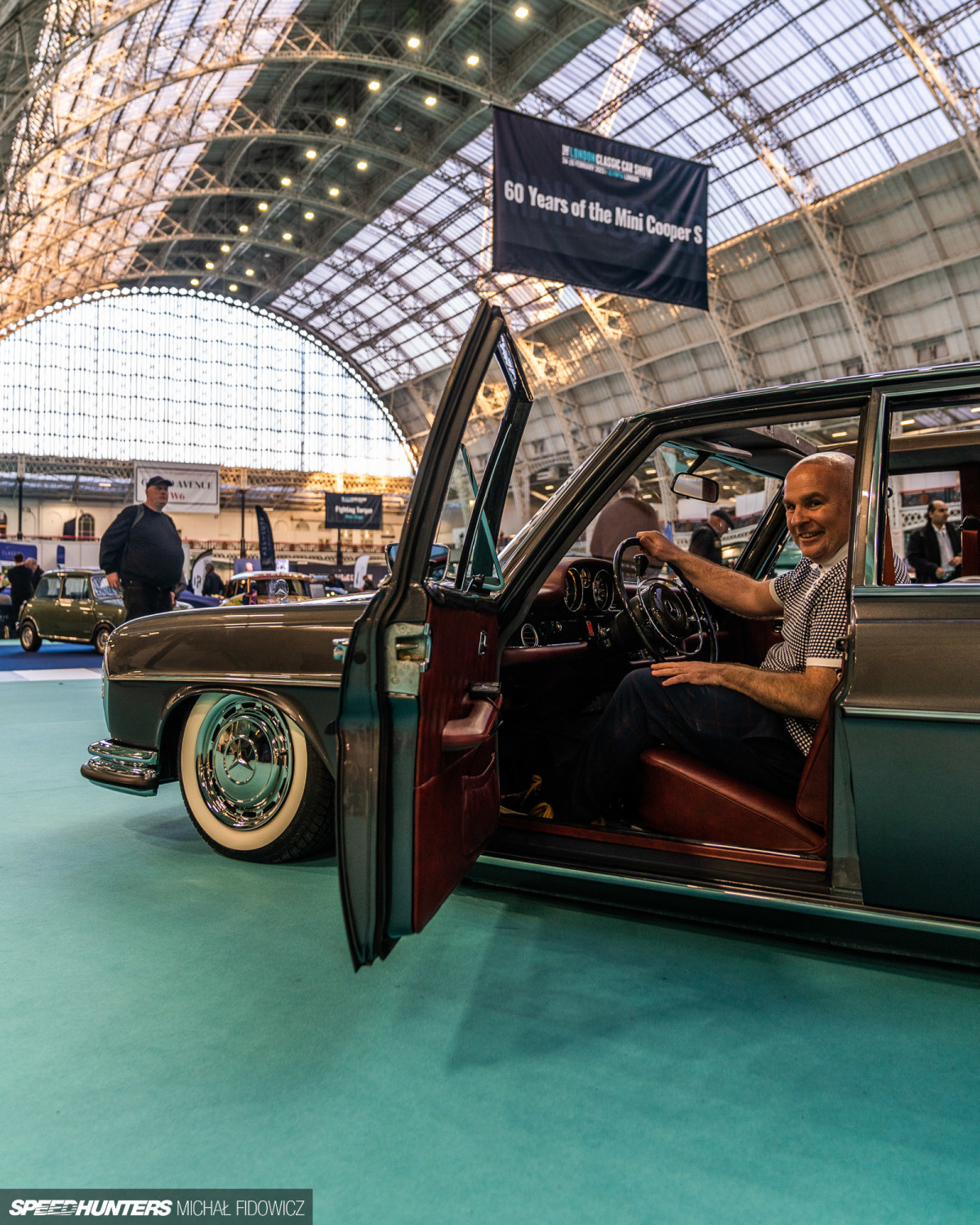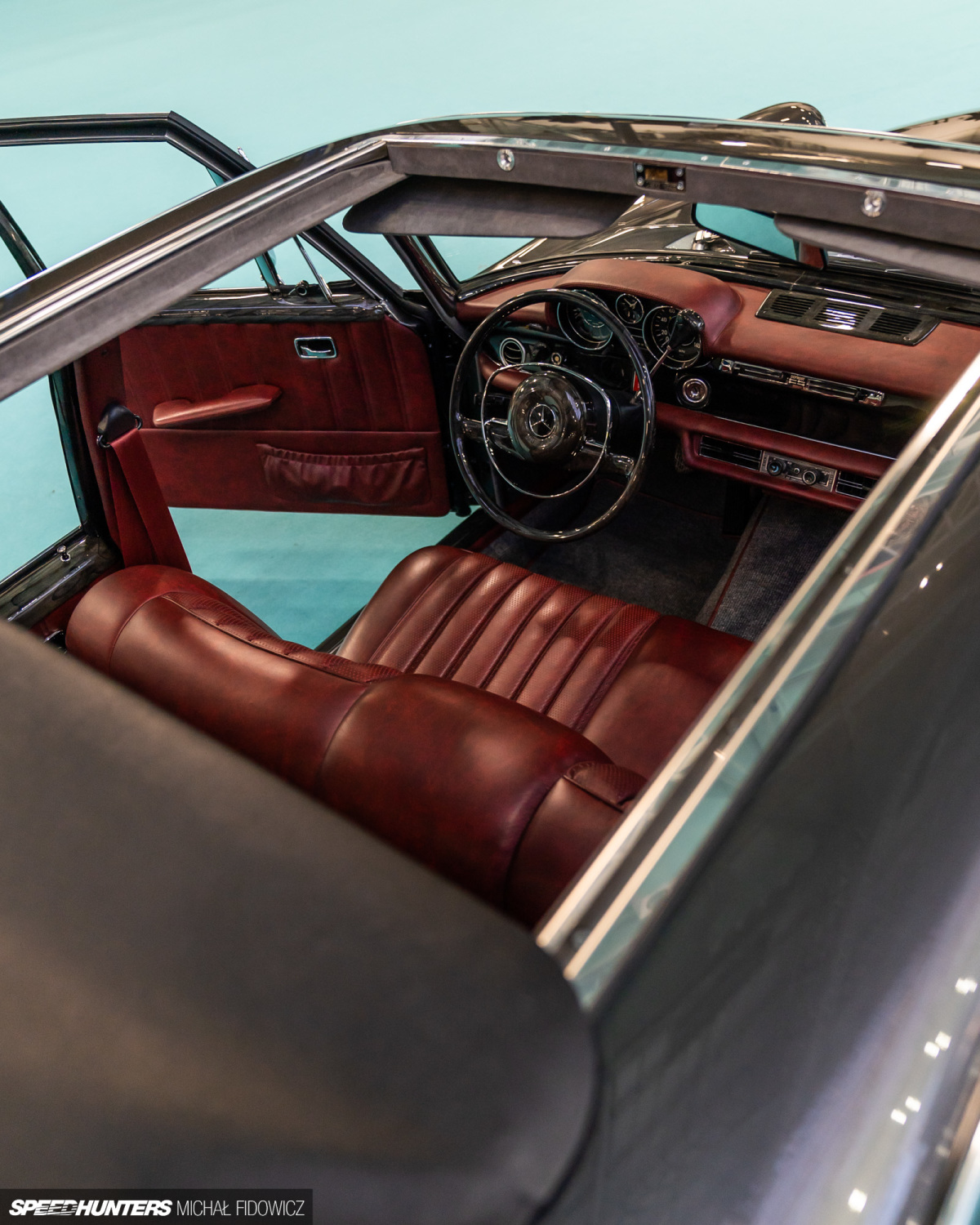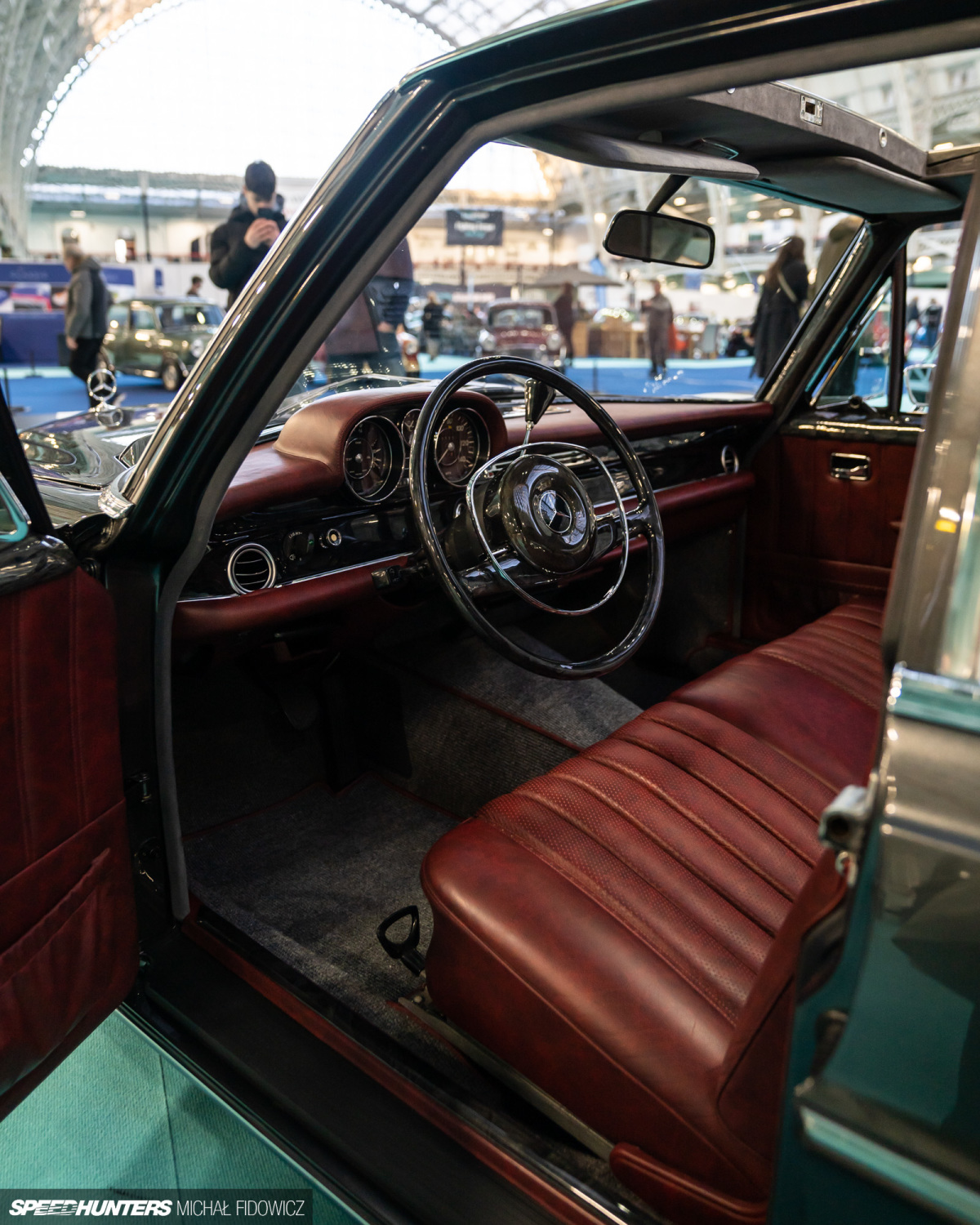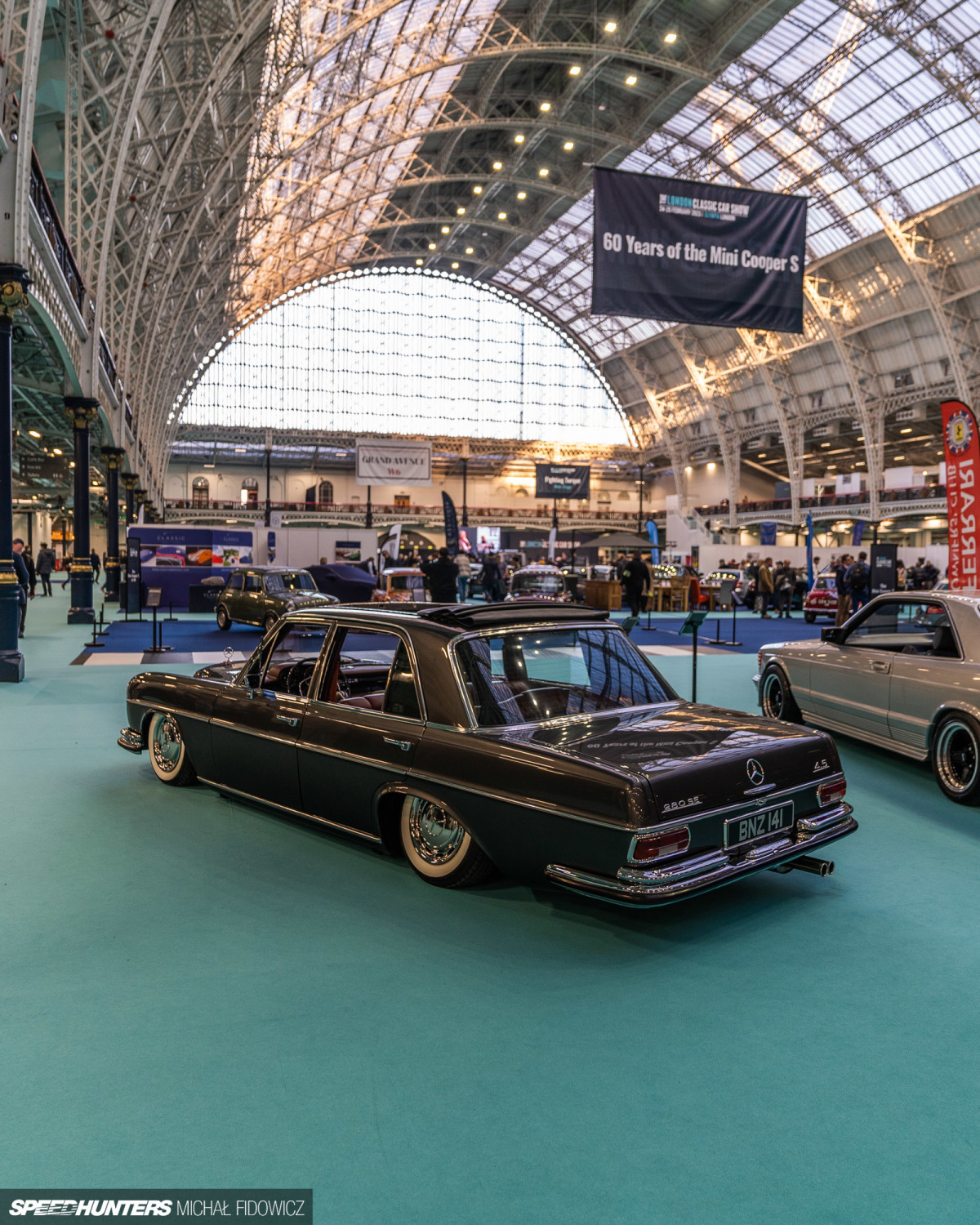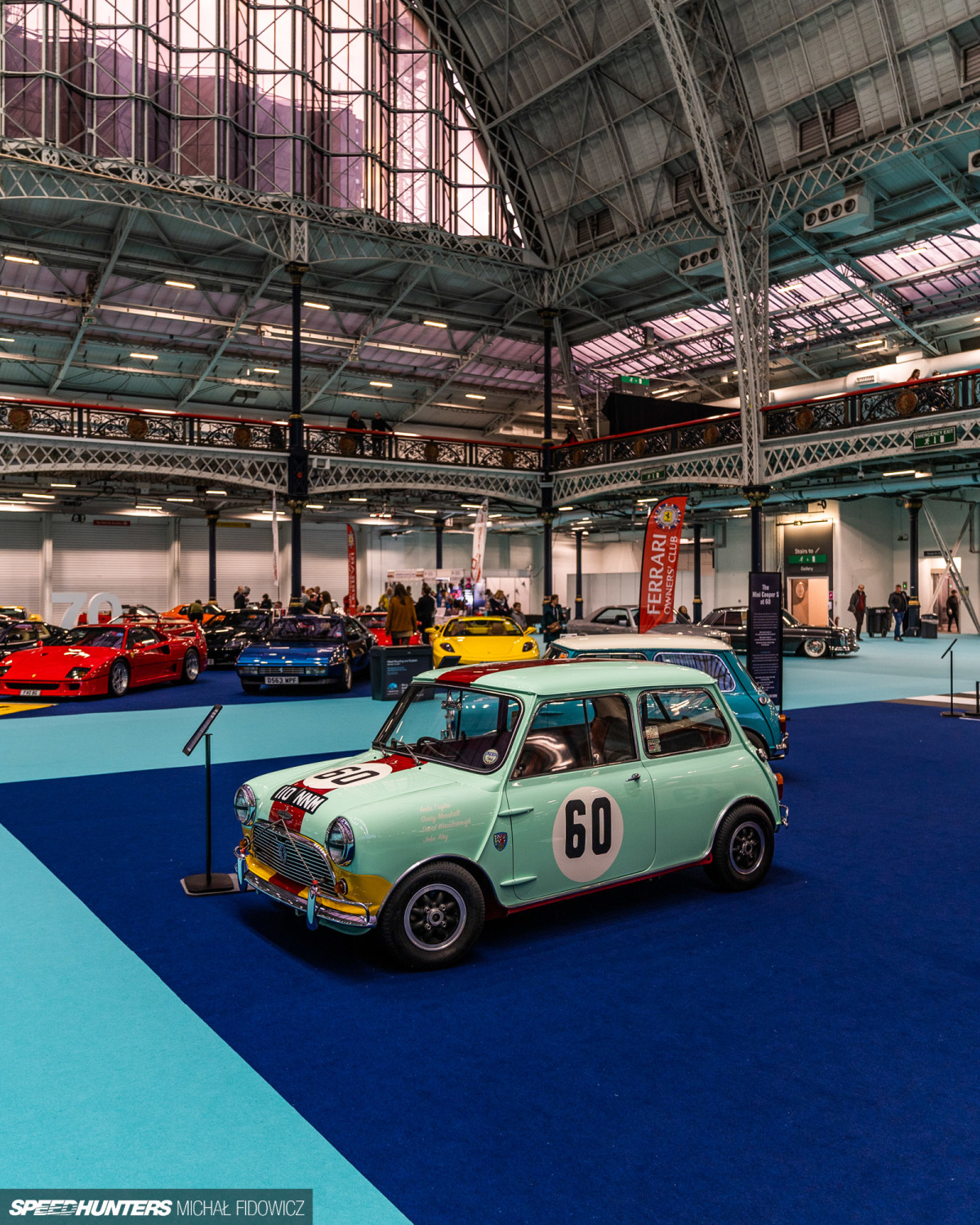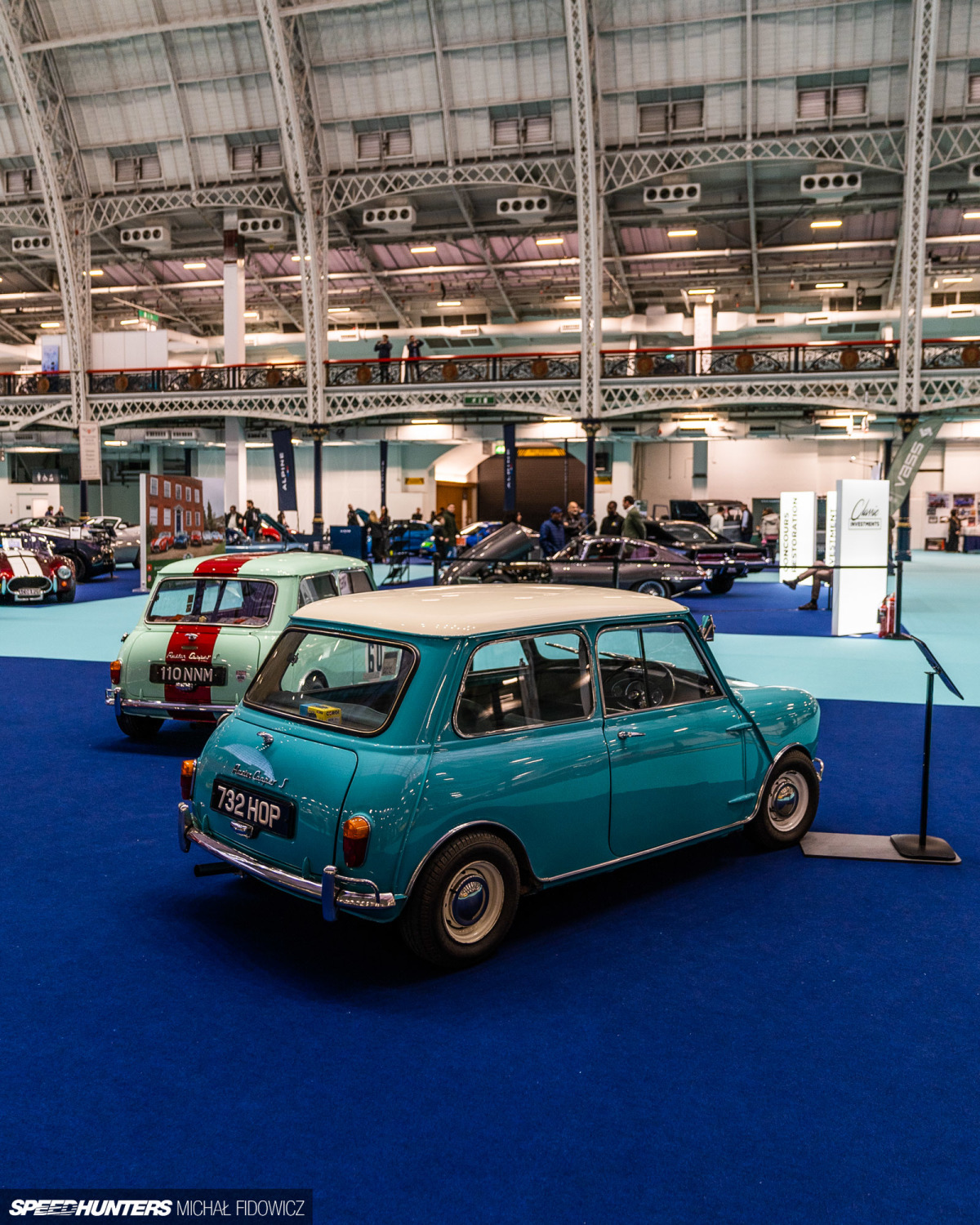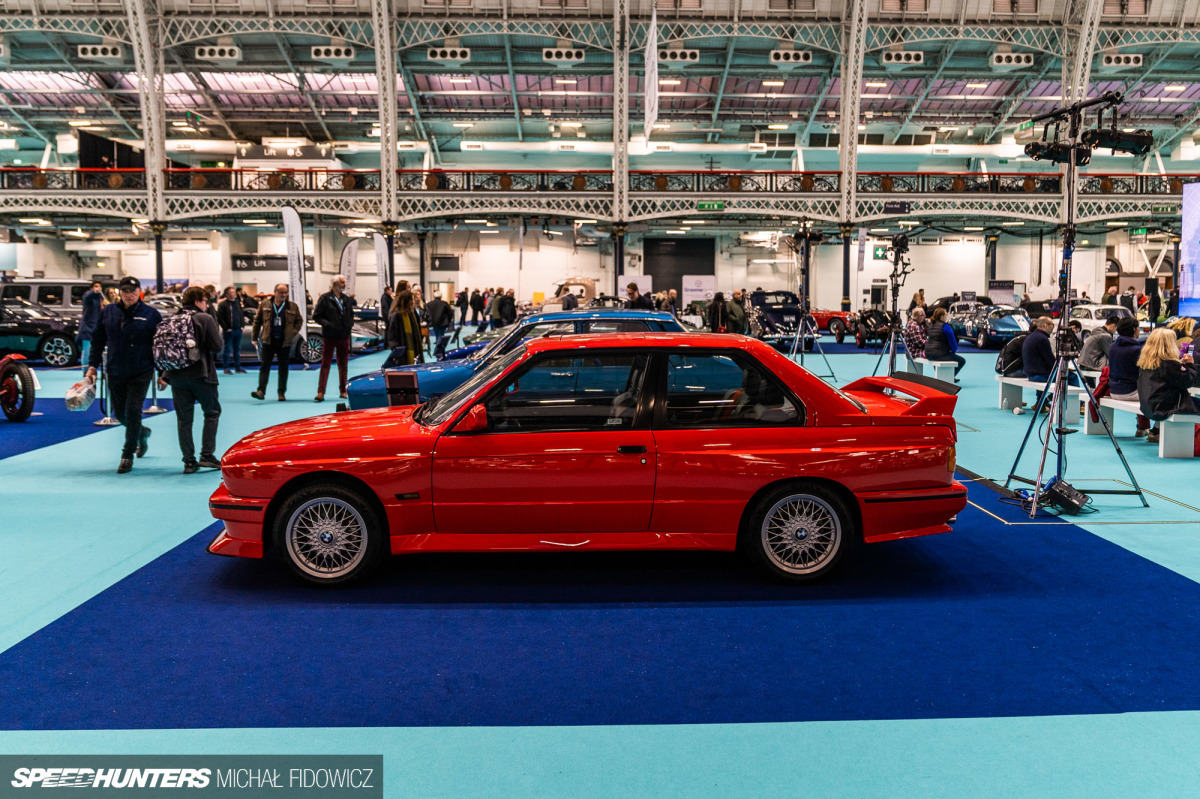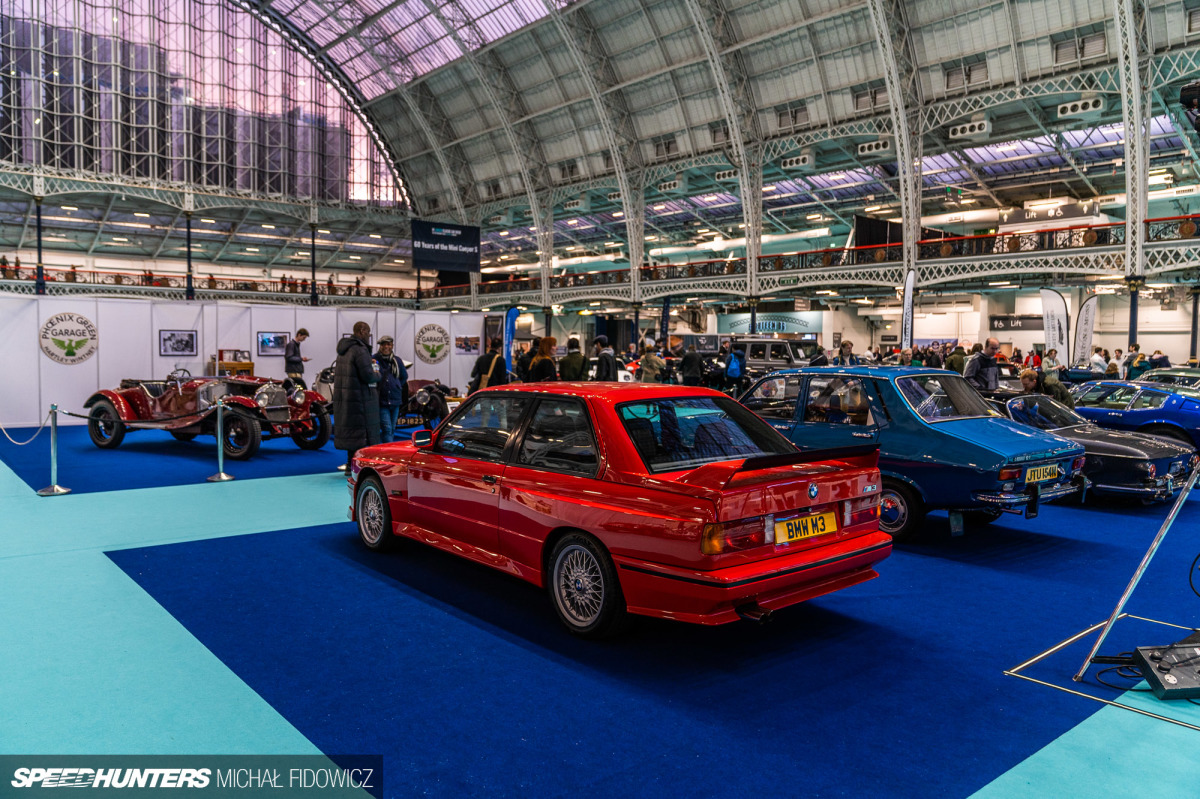Out of all the different car communities in the UK, there’s one specific group of people that take themselves an awful lot more seriously than the others: British classic car enthusiasts.
Track day people are engaged but nerdy; the drift guys are punk rockers that crash into each other for fun; supercar owners only talk about their own cars; and stance kids are in permanent conflict with their local neighbourhood watch. Classic car owners, though? They’re a serious bunch who mean business.
Having an old car is a staple of British culture as a whole, even before we touch on car culture itself. A classic car goes hand in hand with your average British stereotypes: tweed suits, cups of tea, great country B roads, a stiff upper lip and a 1962 Austin-Healey Sprite in the garage.
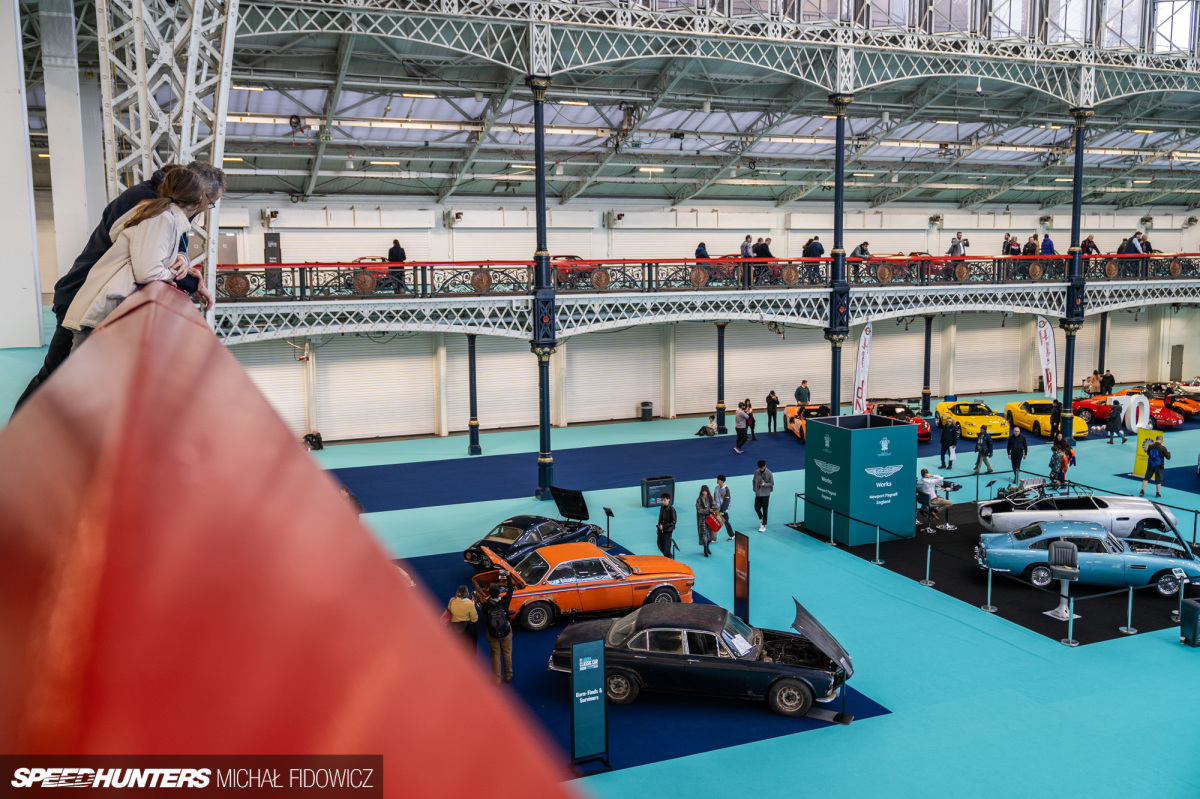
So, when a fancy London indoor venue opens its doors up to the car community, you can bet your bottom dollar it’s going to be for something old and posh. The event in question here is The London Classic Car Show, hosted inside the historic and rather pretty Olympia London.
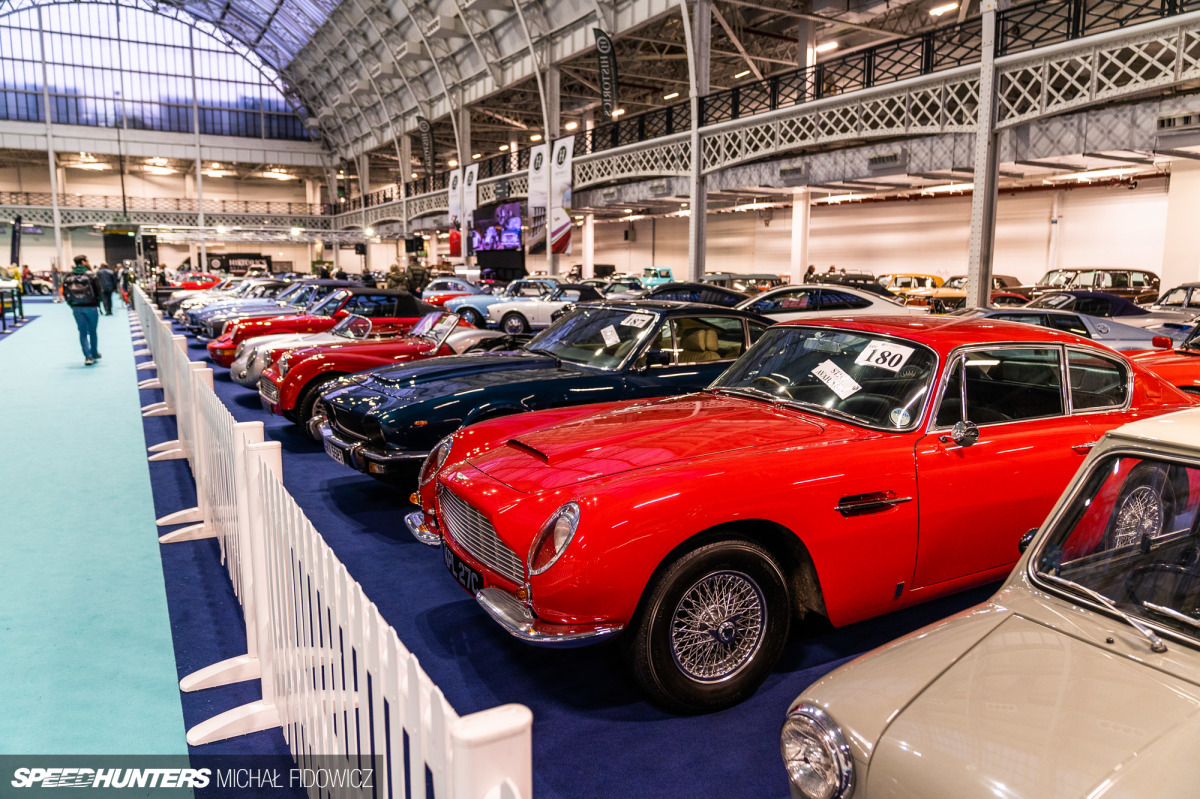
The way this differs from a modified car event, though, is that here the show space has predominantly been given to a variety of classic car dealerships, restoration shops, storage facilities and anything in between. But this isn’t just a car show; a large chunk of it is an actual auction, which you have to pay your way into just to get a closer look at the cars.
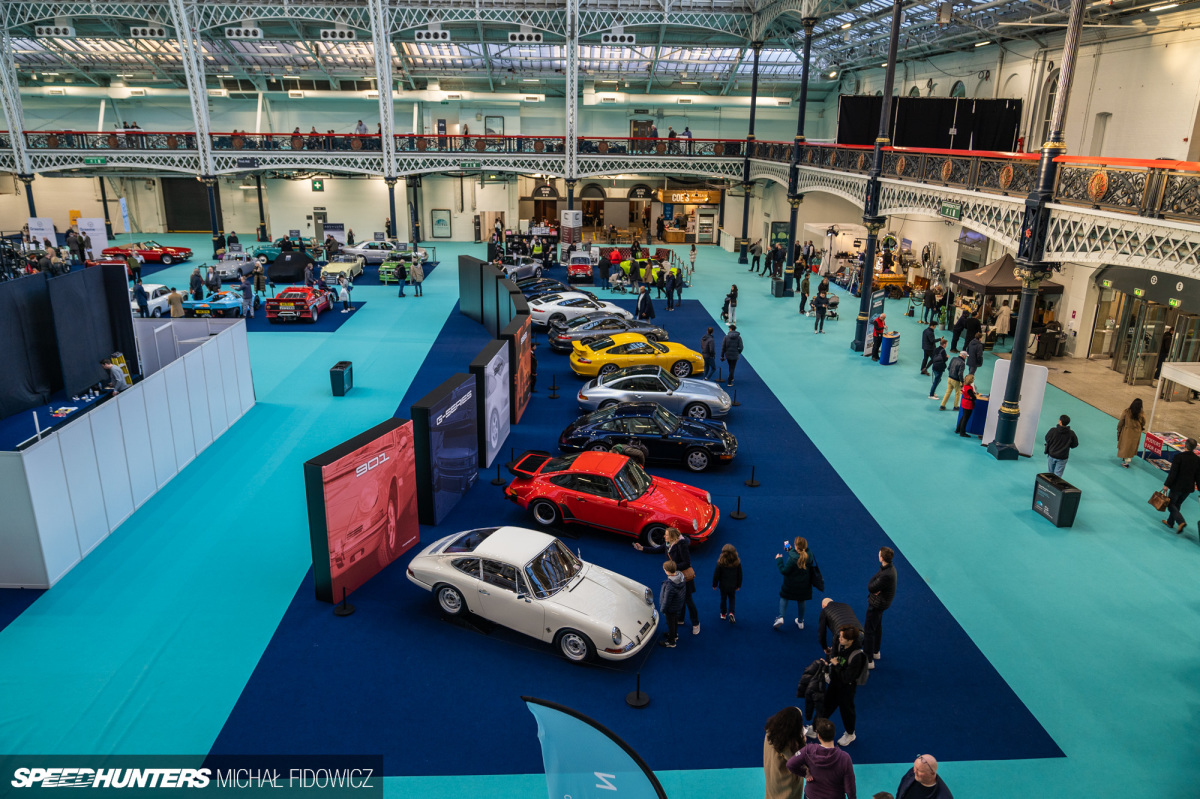
And that’s on top of a £35 entry ticket at the door. Hmm, you see? These people are very serious. But there was a lot to see which you didn’t need to spend extra money on.
There was a Corvette stand, celebrating 70 years of the American icon, and another area to celebrate 60 years of the 911. Two ends of a similar spectrum, which are very much apart from each other yet appeal to most car enthusiasts for the same reason: excitement!
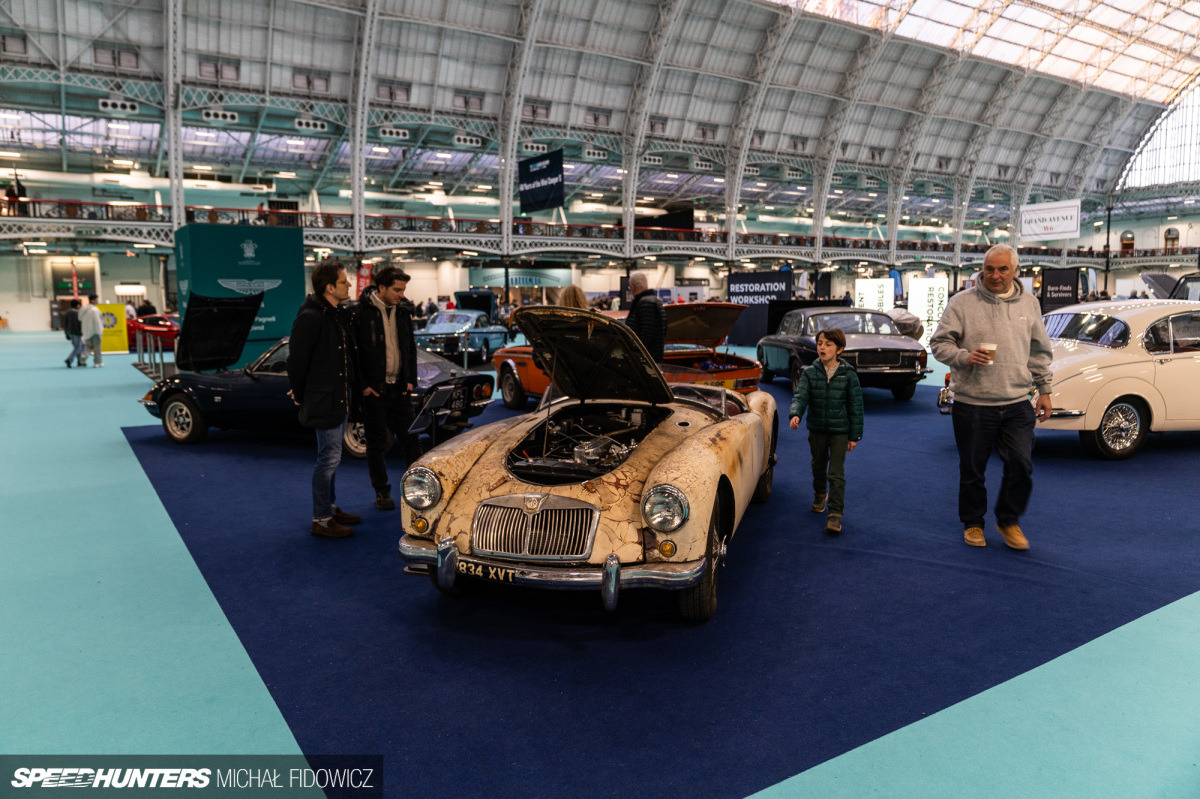
There’s a lot of fun stuff on show too, the first thing off the top of my head being the barn finds.
The barn find buzz is bigger than ever at the moment, largely helped by the amount of YouTubers digging them out and restoring them. Dare I suggest, the numbers-matching era is slowing down? People are finally starting to appreciate the story and mystery of what a car once was, over a detailed ring binder folder proving its low mileage.
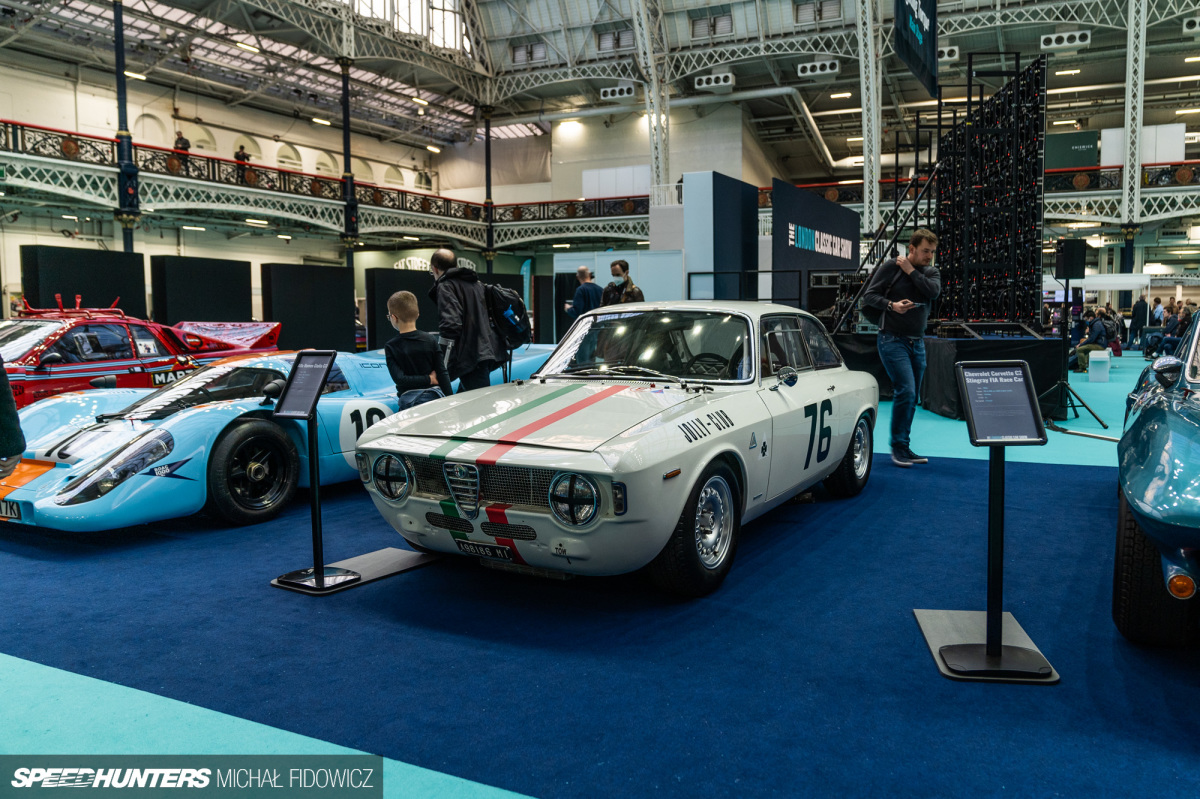
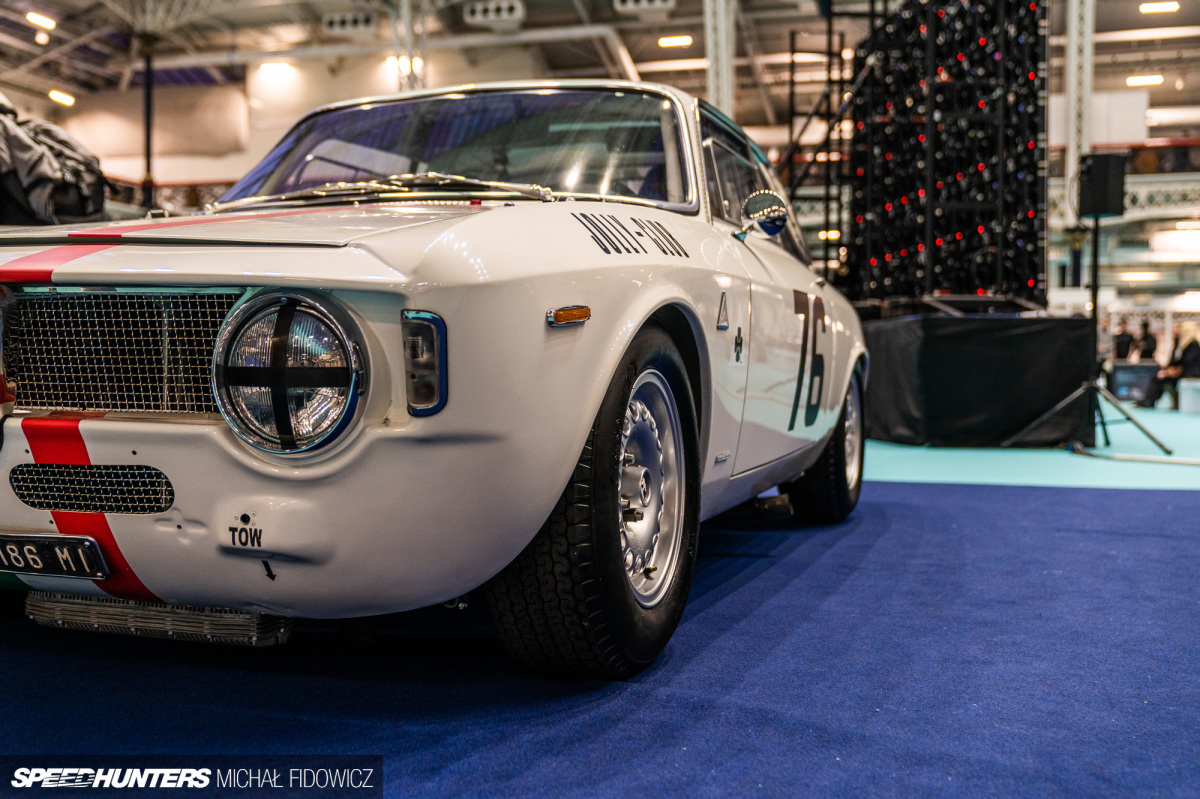
Race cars were on display too, with my personal favourite being this Alfa Romeo Giulia GTA.
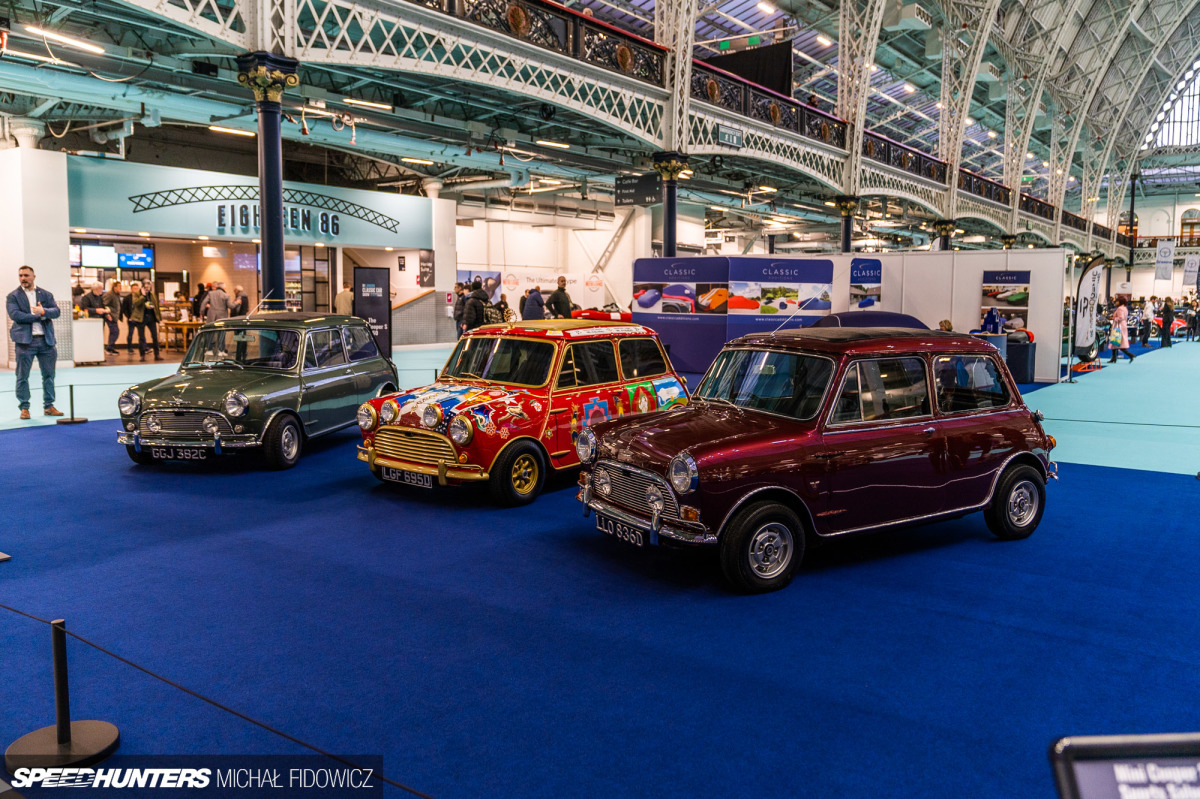
A collection of unique Minis that belonged to The Beatles were also on show. You can see what makes this trio special if you look at their rear ends.
Generally, events like these are a good insight into the world of classic car ownership in the UK as a whole. Naturally, it stretches all the way up into the upper echelons of our community which play a part in dictating what is desirable based on value alone. This event tells you what earns the big bucks at the auctions and what somewhat falls from the ‘car’ category into the often soulless ‘investment’ instead.
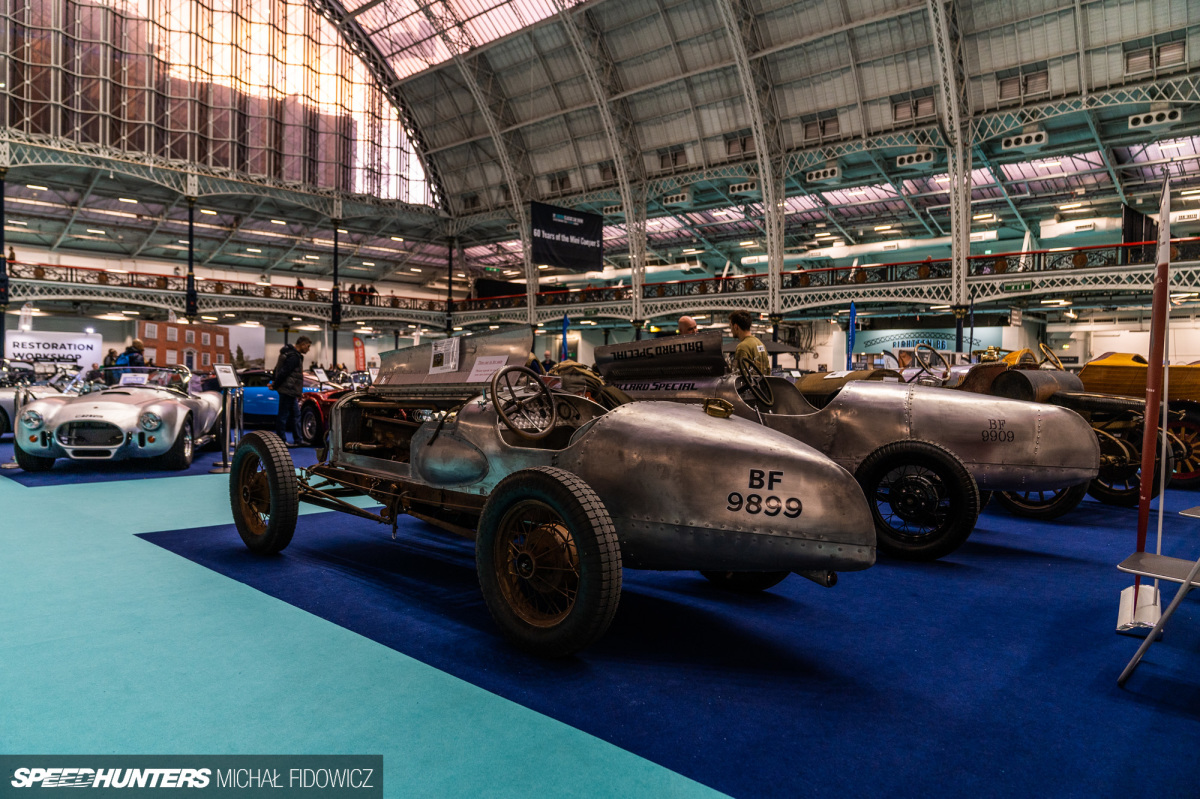
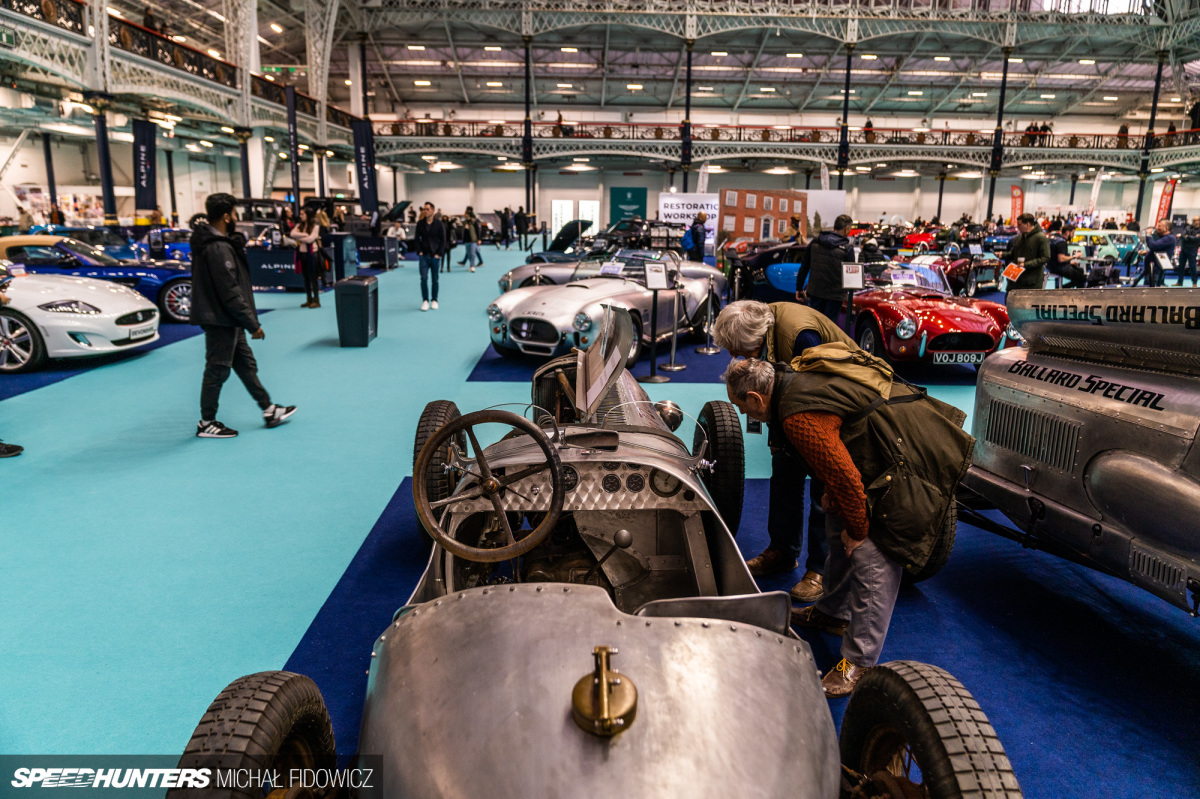
This sets me up nicely into what I actually want to talk to you about today. Because this year, unlike previous years I’ve attended, The London Classic Car Show was infiltrated by an enthusiast we don’t usually see at events like this.
Amongst the million-quid Ferraris, World War-era Spitfire-looking cars, and smart looking men gathered around some Aston Martins, there was a constant group of people milling about a 1972 W109 Mercedes Benz 280 SE. Here’s the kicker – it’s slammed on Air Lift Performance air suspension.
The car belongs to Dougie McColm, who is no stranger to the world of modified cars, nor the pages of Speedhunters for that matter.
Dougie was invited by the organisers to display his car at the event, but not as part of any dealership or workshop stand. The Mercedes was one of just a few cars at the event being shown in a private capacity, simply so everyone could enjoy it.
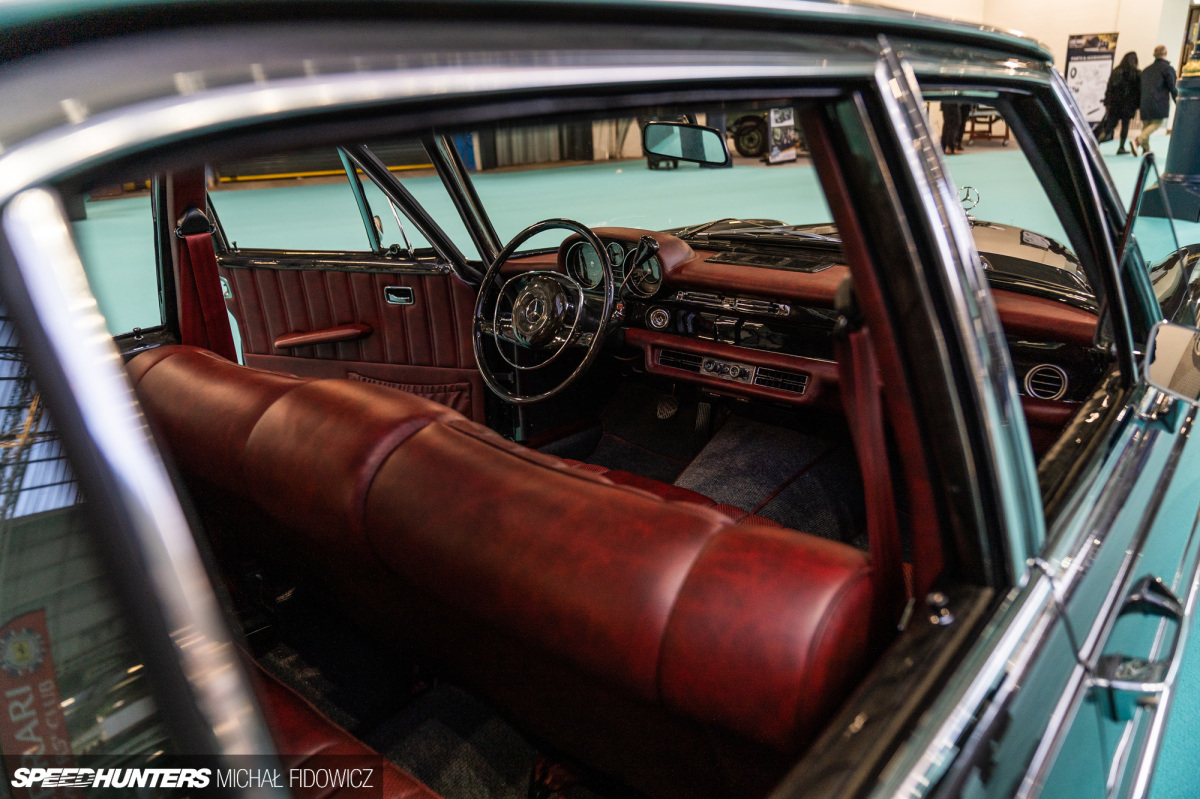
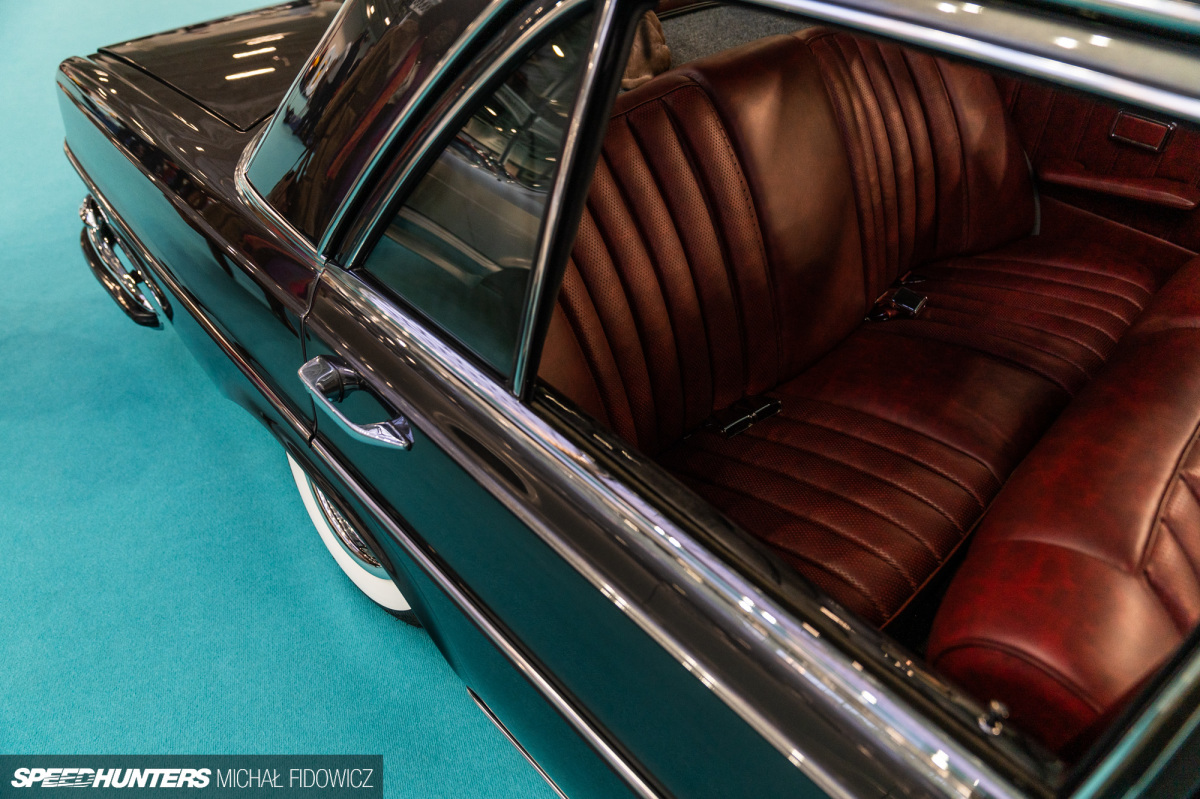
Classic Mercedes-Benzes have been sought after now for a good few years, and their prices reflect that, but the fact of the matter is that the organisers didn’t choose a standard Mercedes. Dougie’s car being modified, laid out on the floor with ALP, is as important to the overall impact of the display as the three-pointed star on the badge of the bonnet.
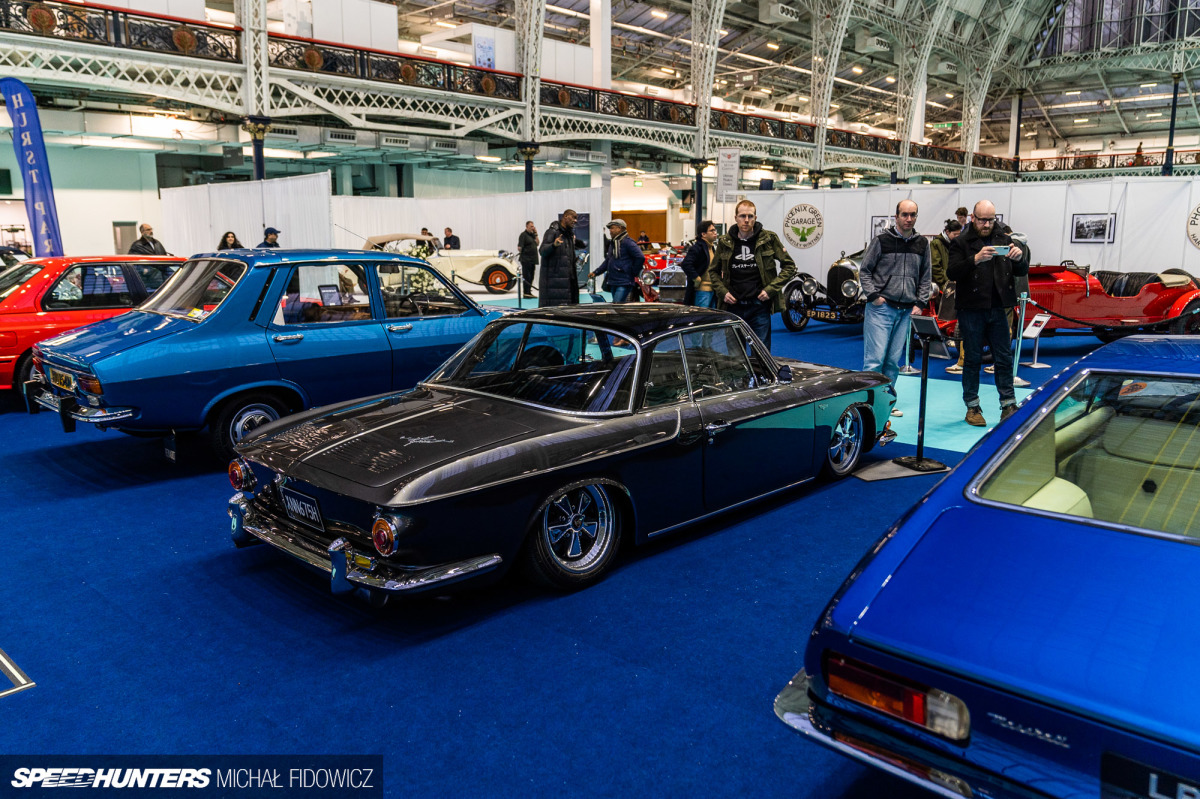
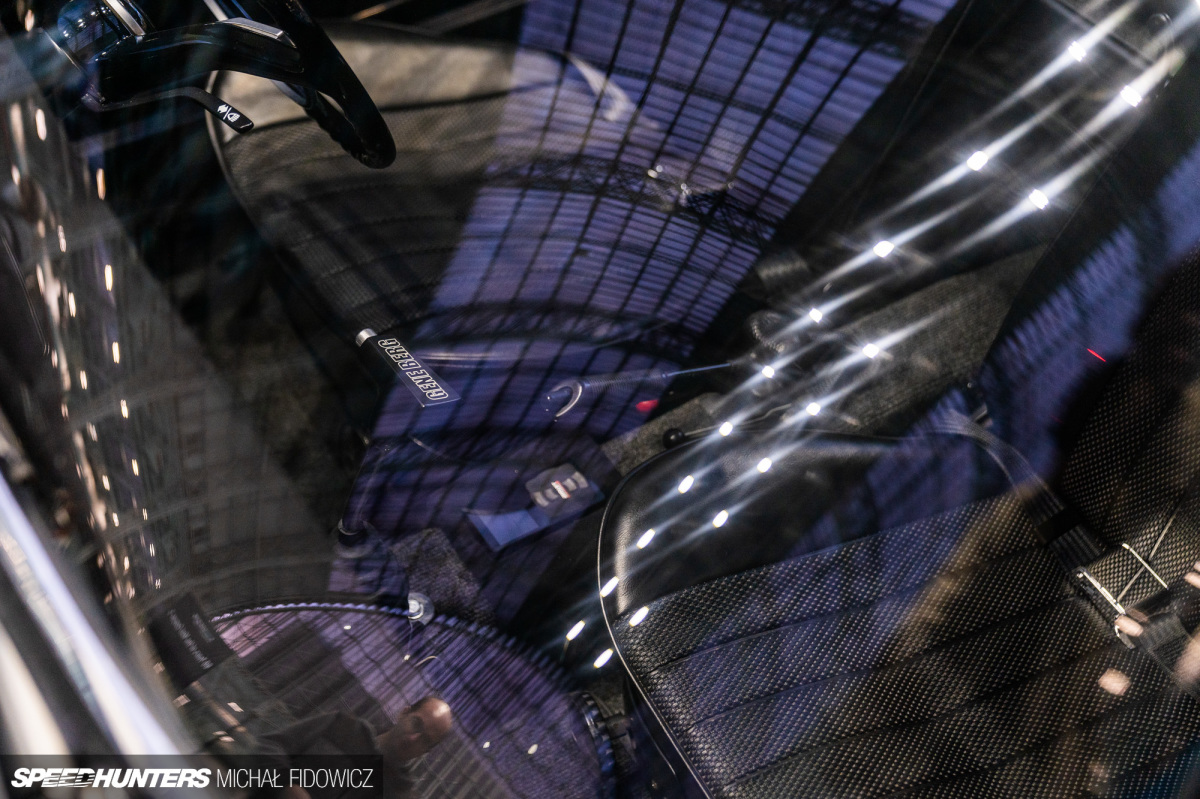
And Dougie’s car wasn’t the only car there on Air Lift Performance air suspension. At the other end of the hall sat a 1969 Volkswagen Type 34 Razor Edge Karmann Ghia, also slammed to the floor, with an ALP controller built into the centre console.
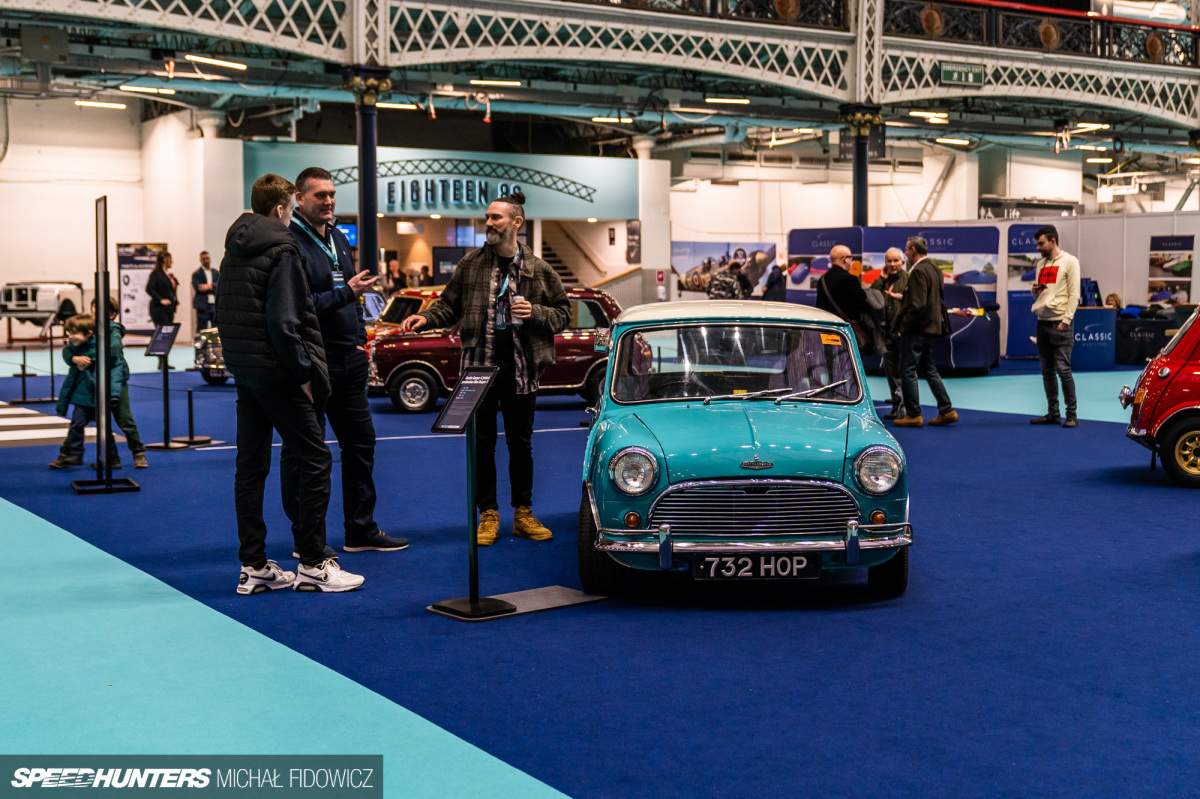
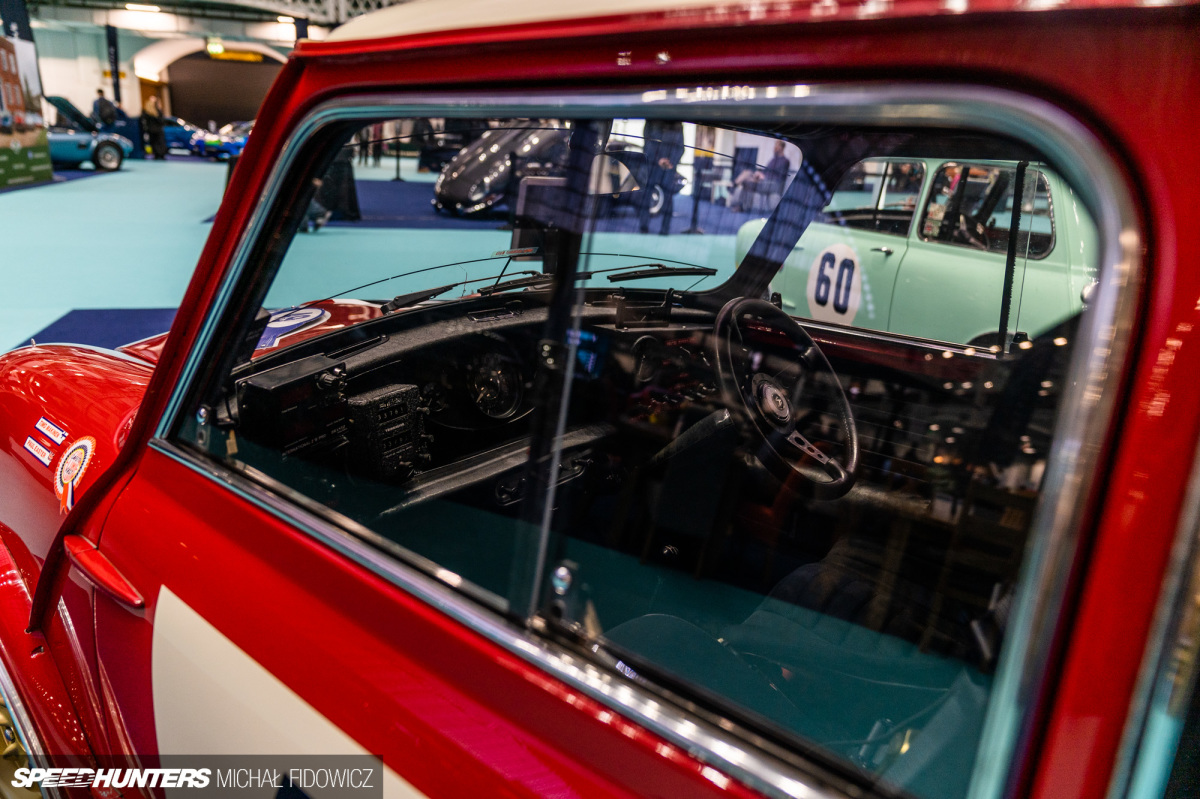
Look, I’m not saying modified classics are a new thing, obviously, but perspectives are shifting here. For a long time organisers of events targeting classic car enthusiasts wouldn’t mix the prestigious marks and tweed suits with cars that could only be understood when referred to using the awfully outdated blanket term ‘hot rodding.’
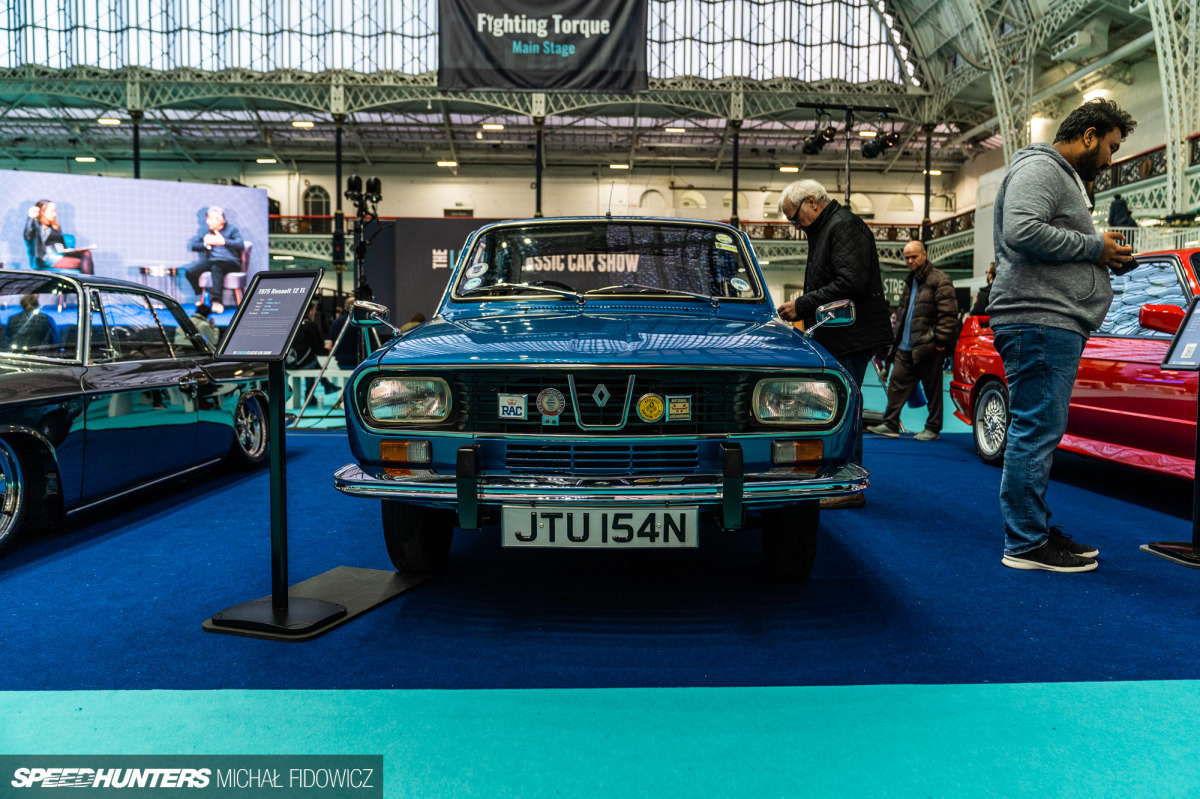
Having these modified classics invited tells me that perspectives are changing, and it reminds me of the recent exponential rise in people’s interest in Japanese sports cars.
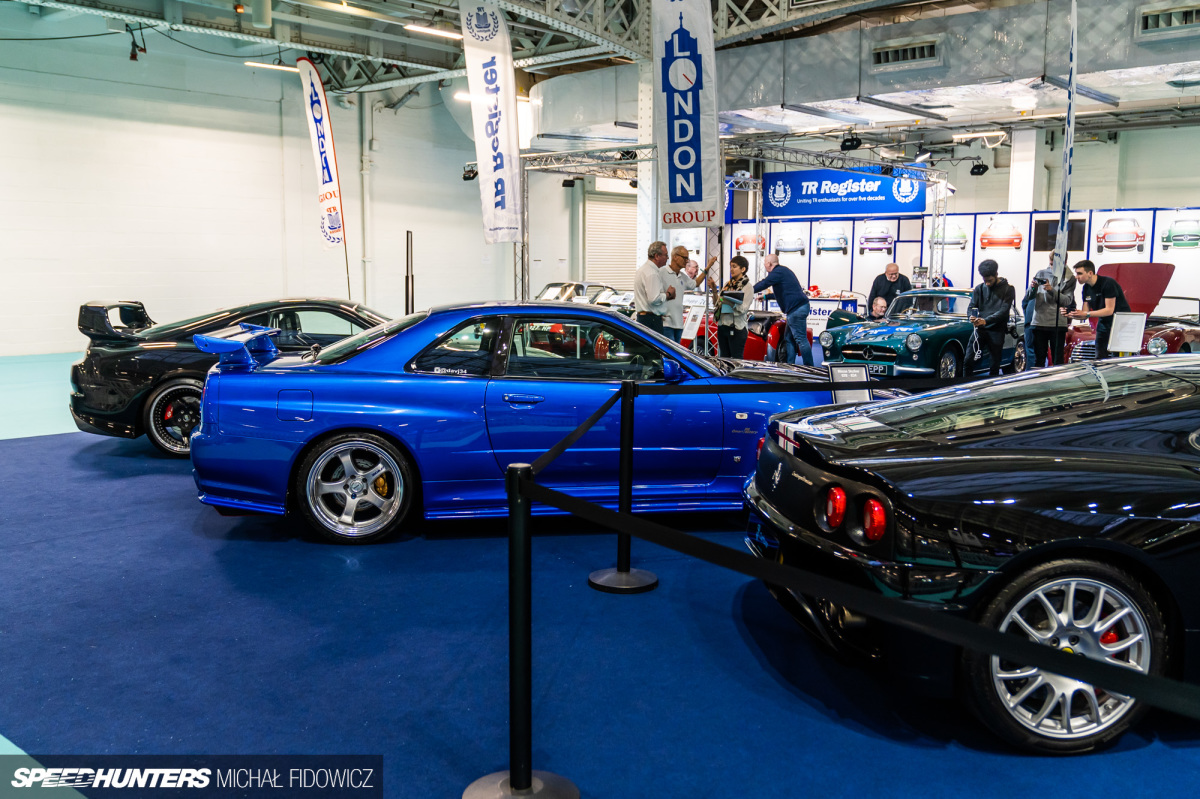
We’re all very much aware that cars like the R34 Nissan Skyline GT-R and the MkIV Toyota Supra have skyrocketed in value and are now a welcome sight at events like these, but the way they were once overlooked is comparable to the way modified classics have been overlooked for a long time by the same circles too.
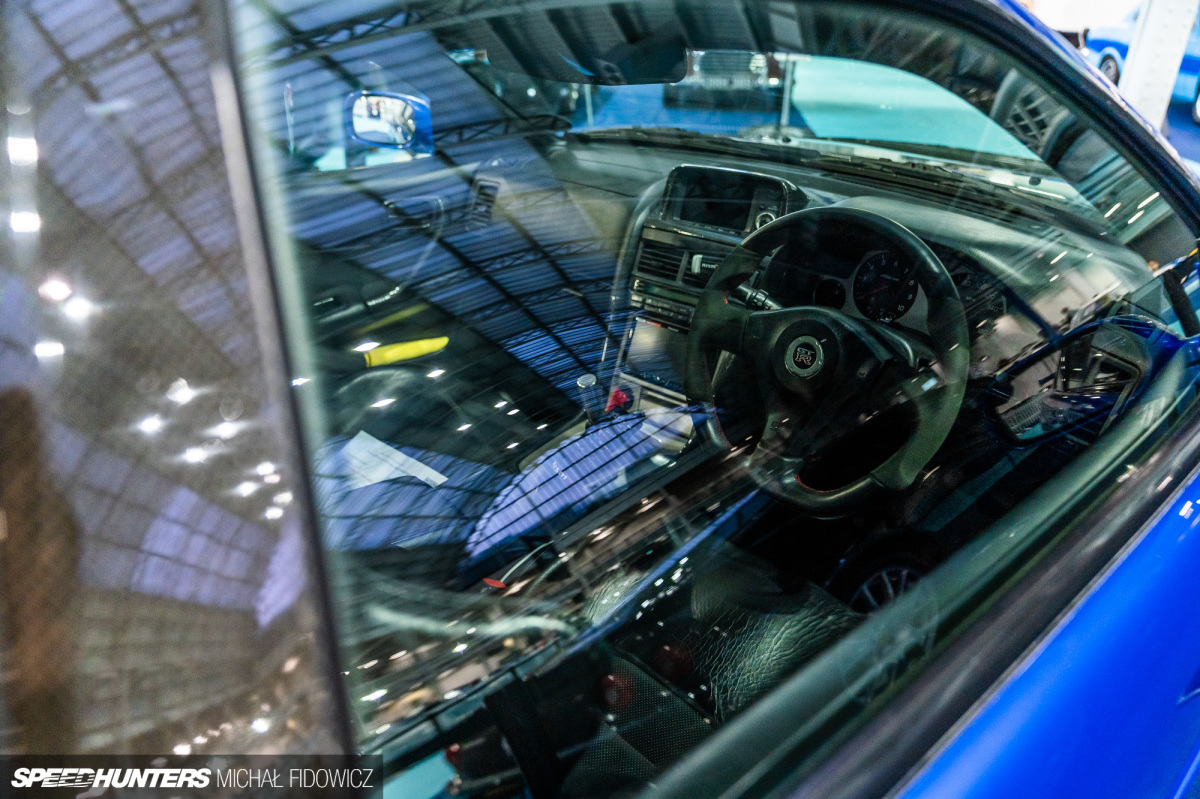
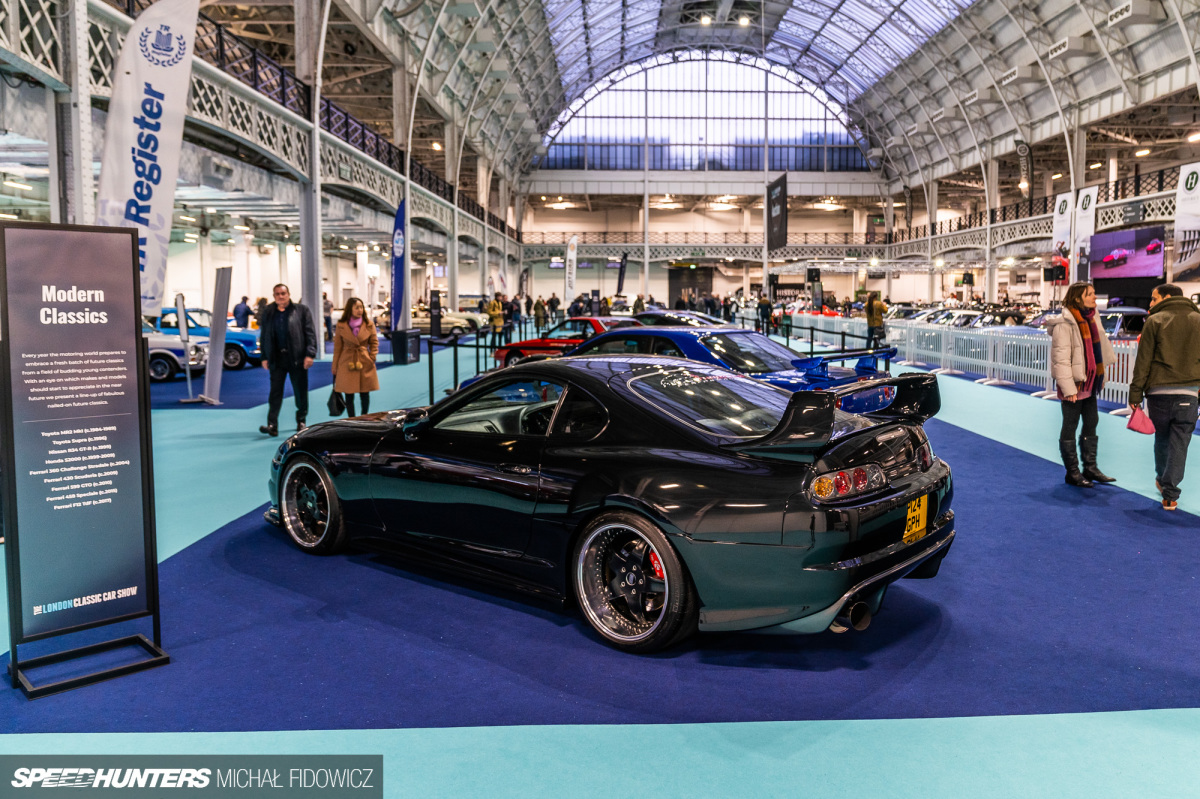
Seeing both the Supra and GT-R on aftermarket wheels along with a whole host of modifications simply tells me that the cross pollination of car cultures here in the UK is spreading. We’re not pigeon-holing Japanese cars away from modified examples, and we’re no longer dissociating modified classics from the existing world of classic car culture.
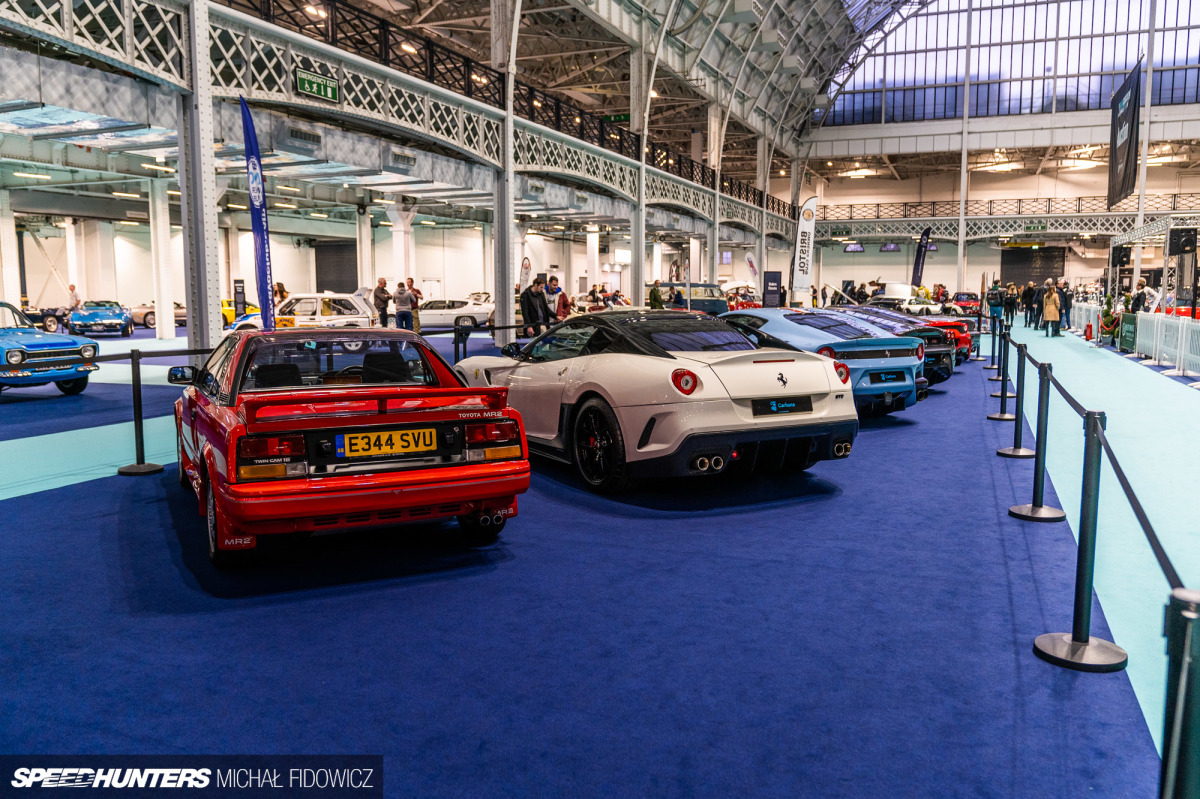
The lines separating existing car cultures in the UK in general are beginning to fade. Honestly, I’m only seeing benefits here, as a wider community where we understand more of what we actually love about cars is a community that’s stronger as a whole. That I’m sure of.
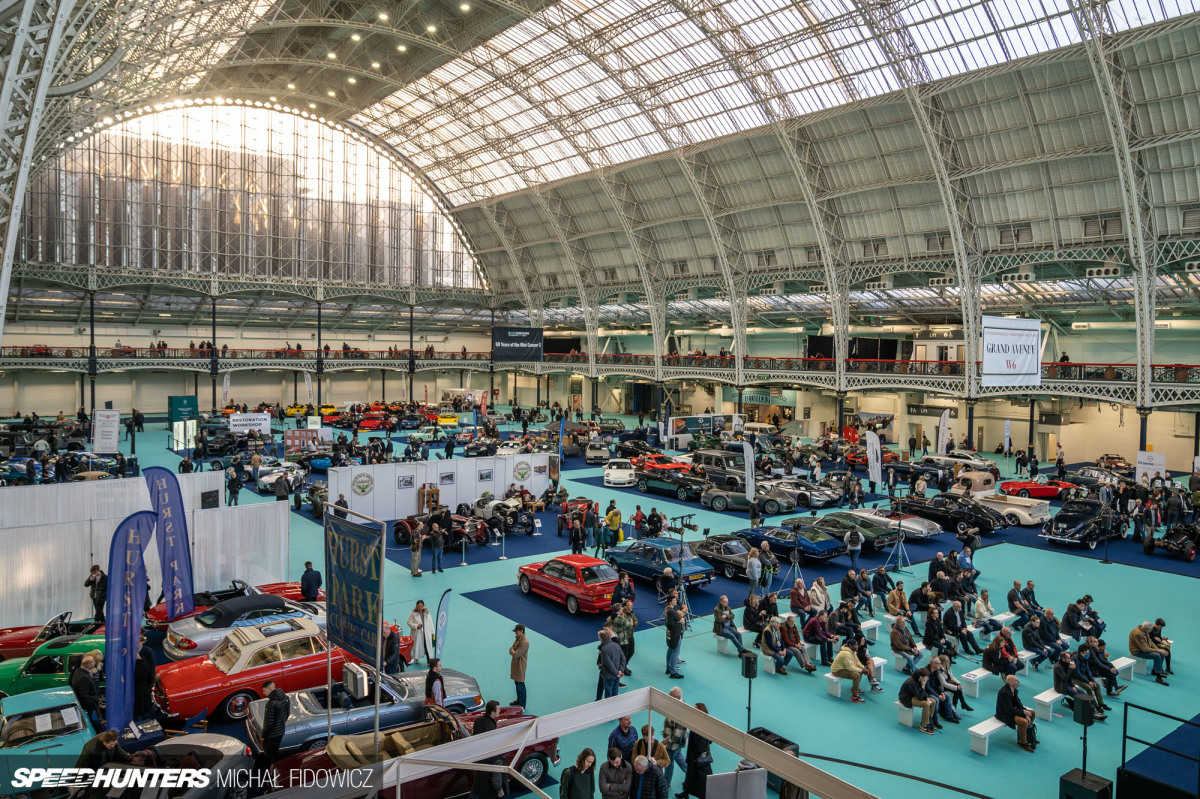
So, are modified classics finally being taken seriously at The London Classic Car Show? You know what, I think we’re getting there.
Michał Fidowicz
Instagram: candyshowroom
